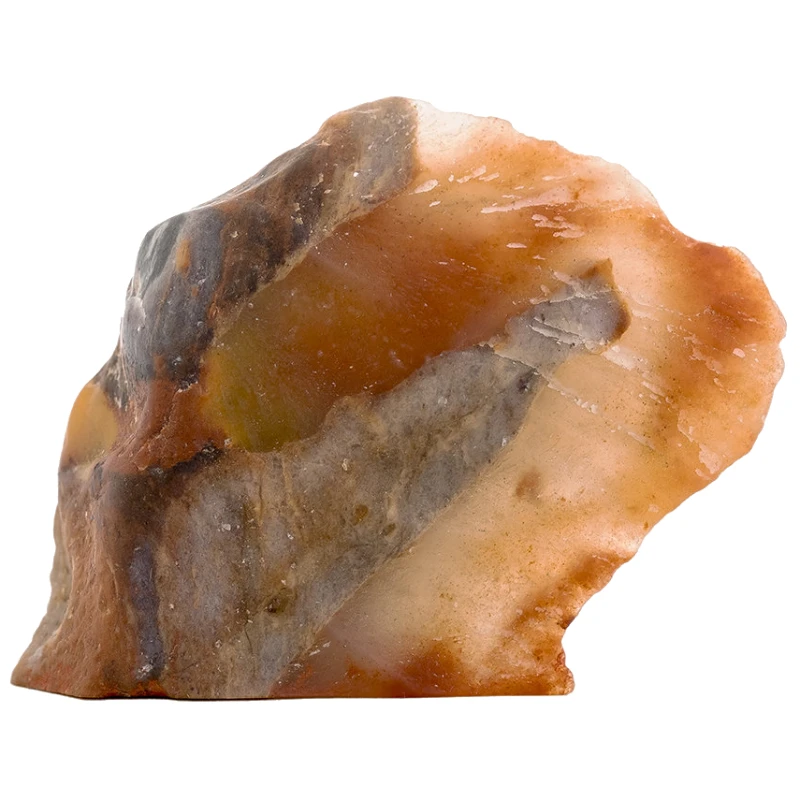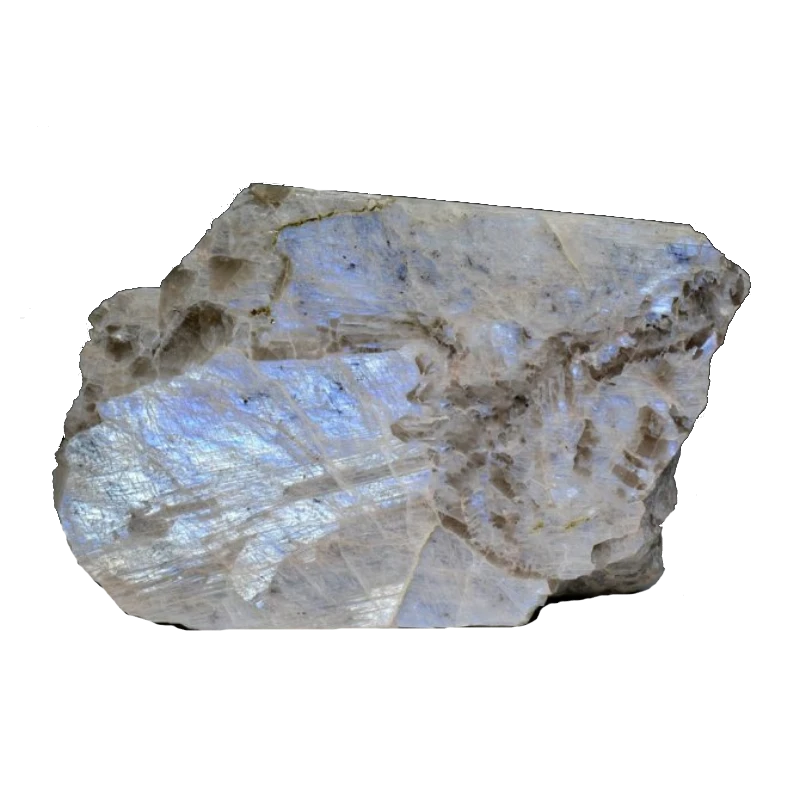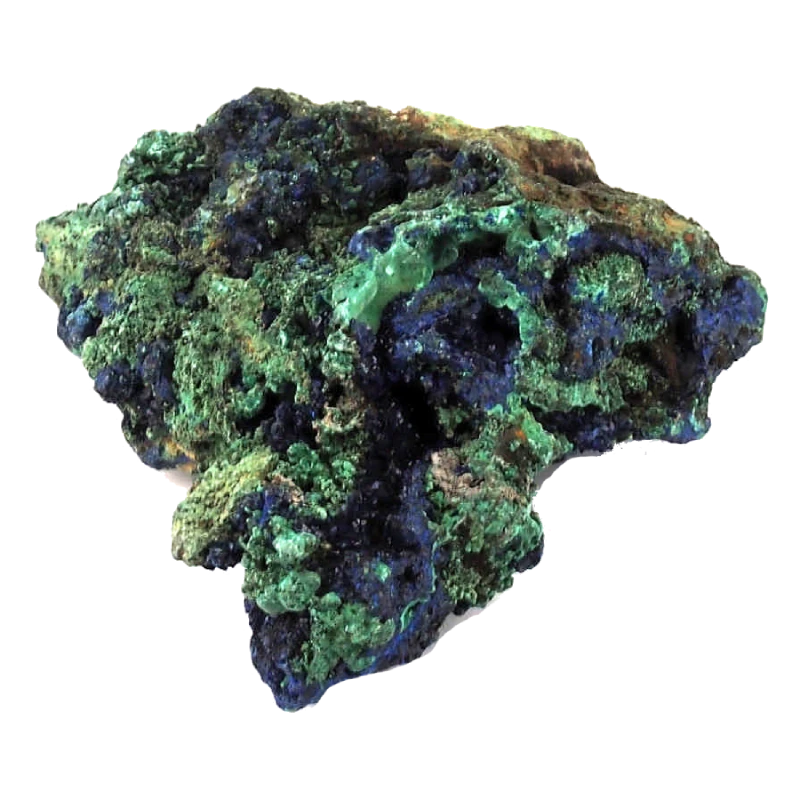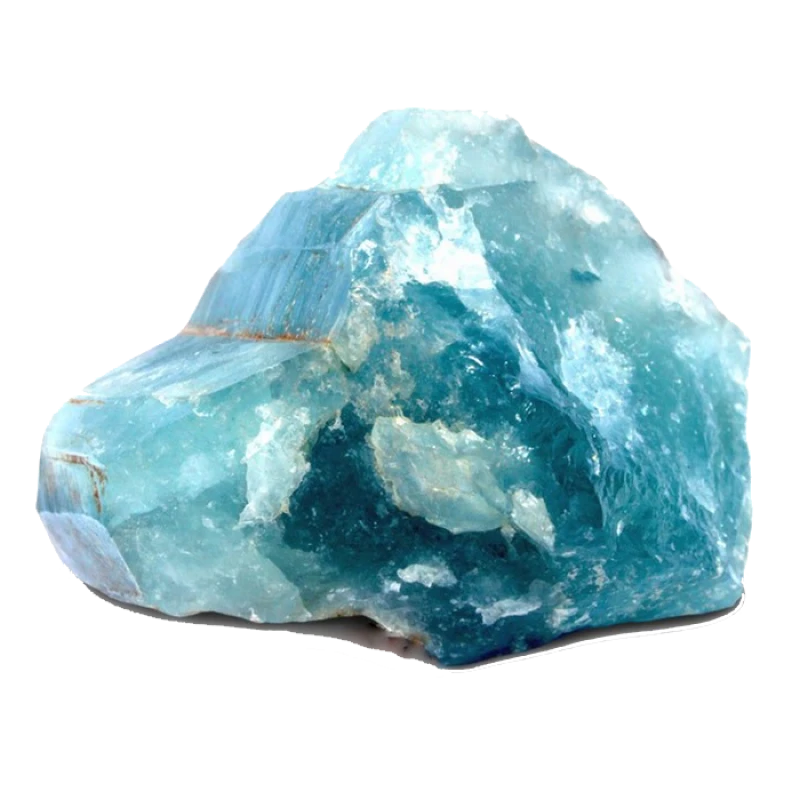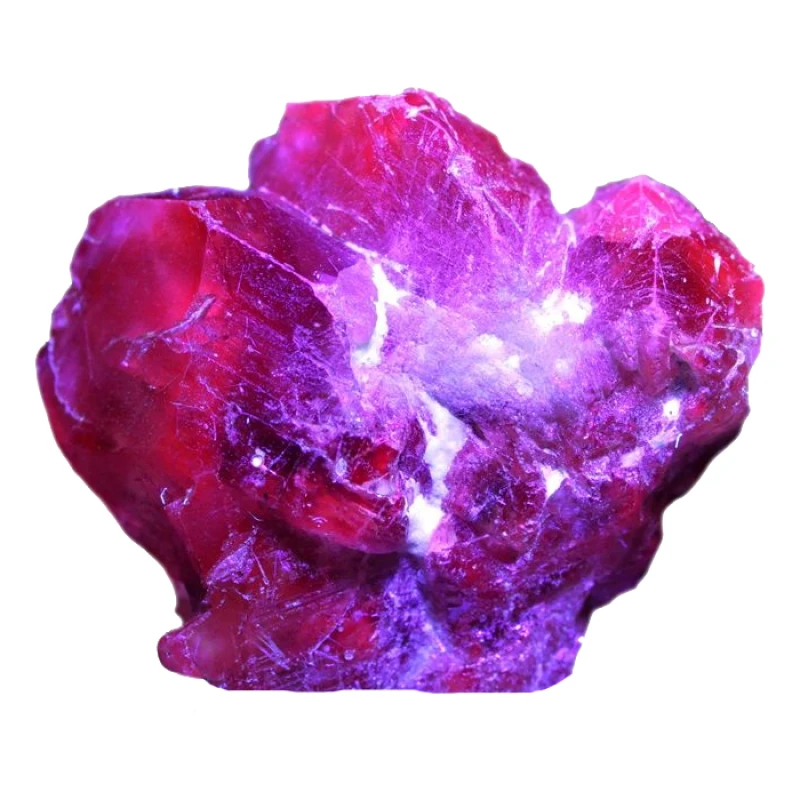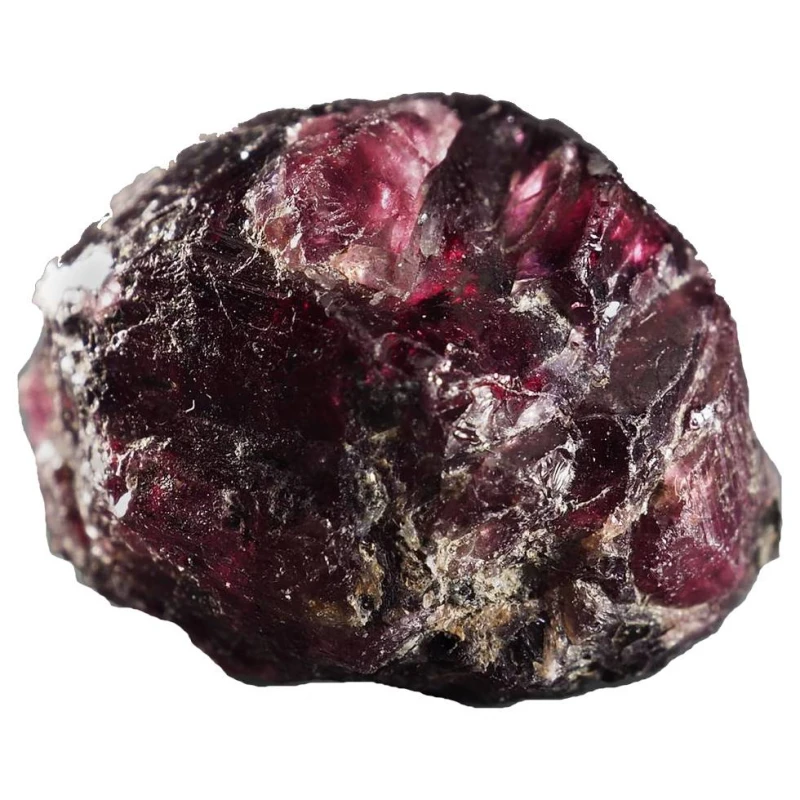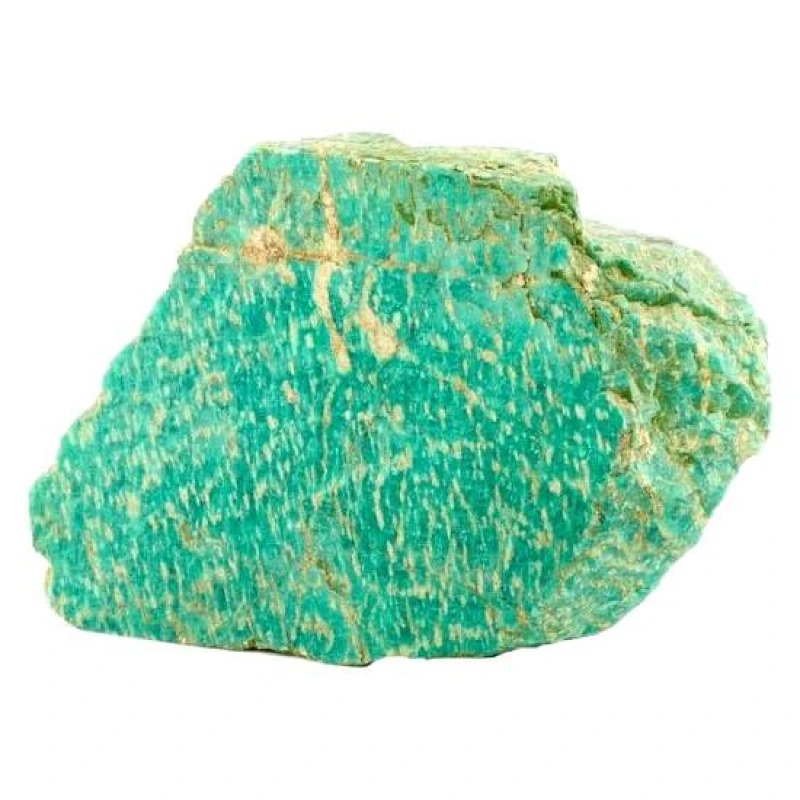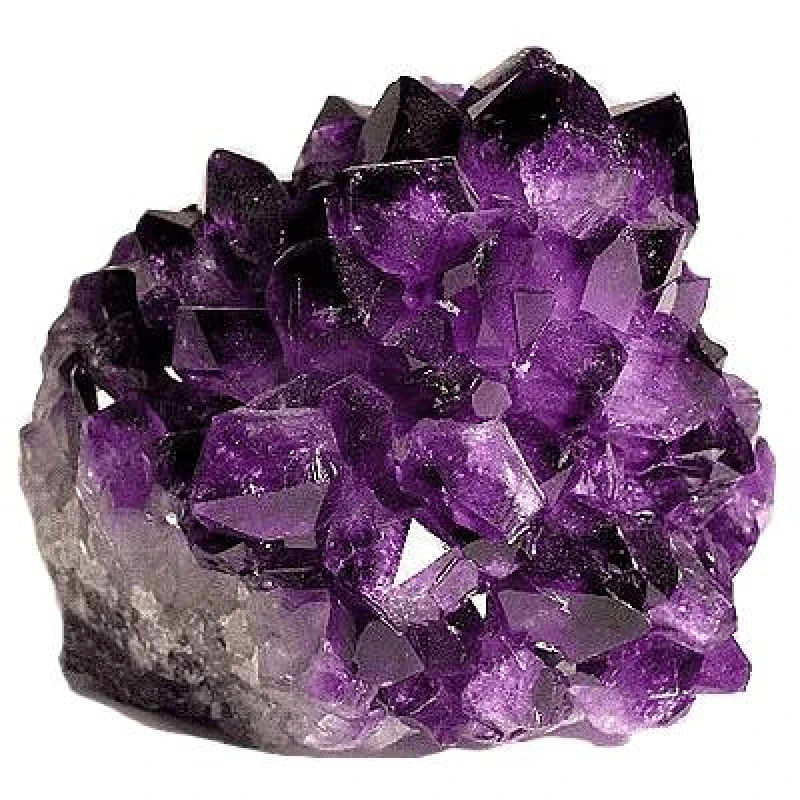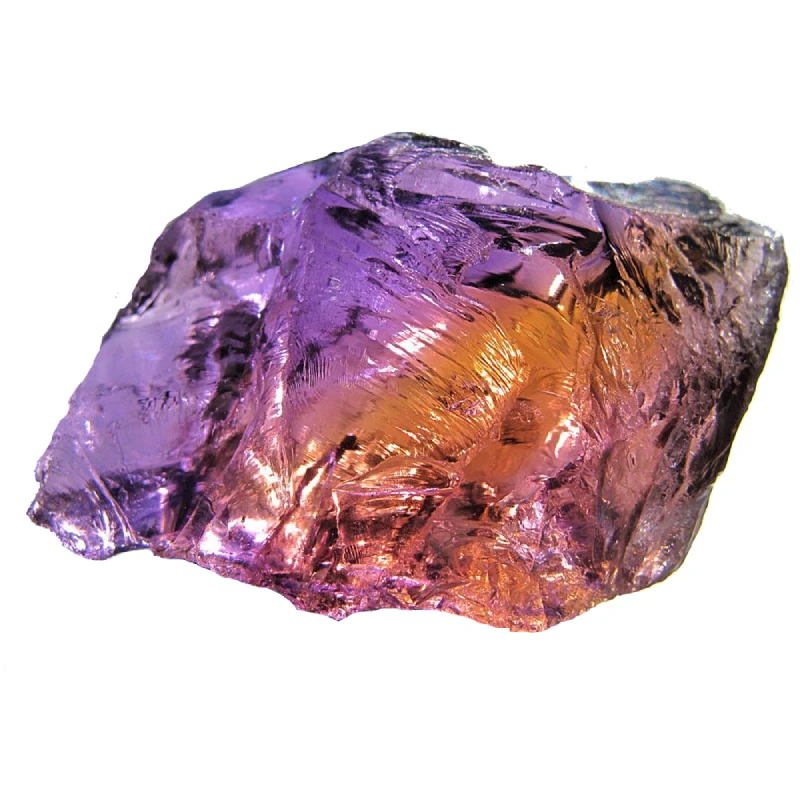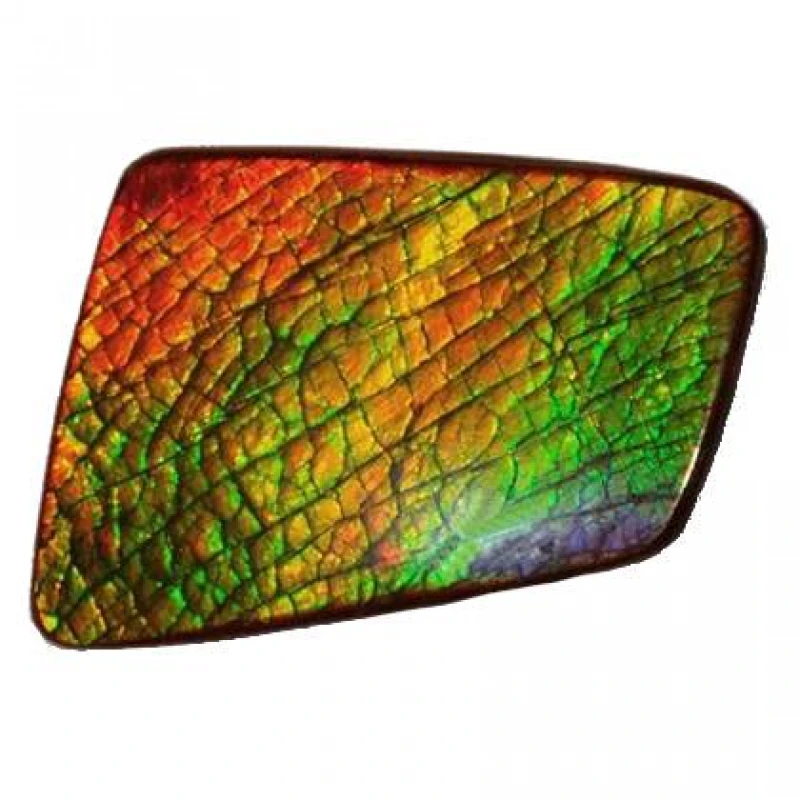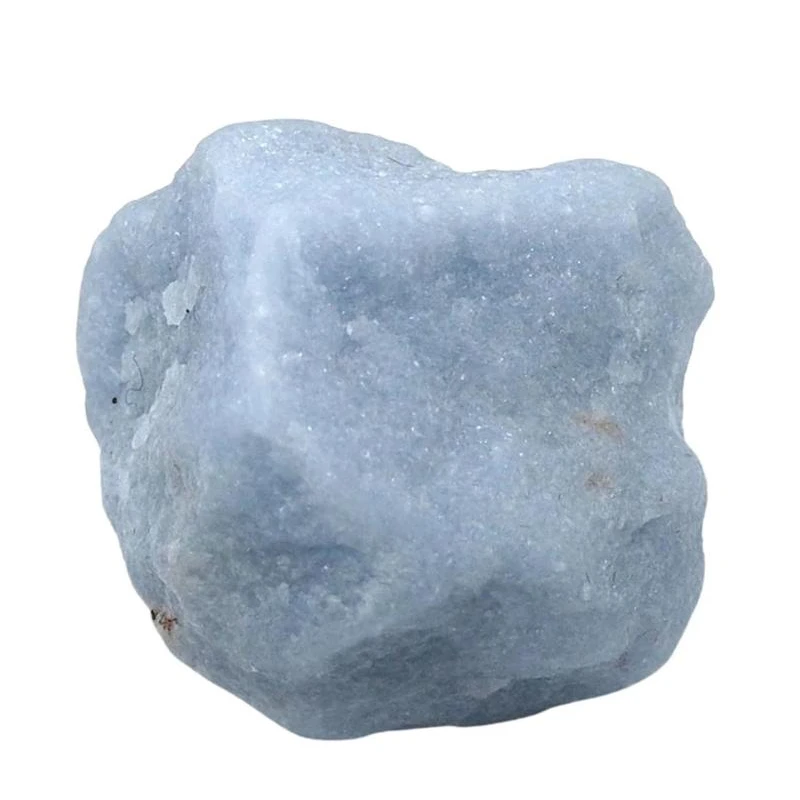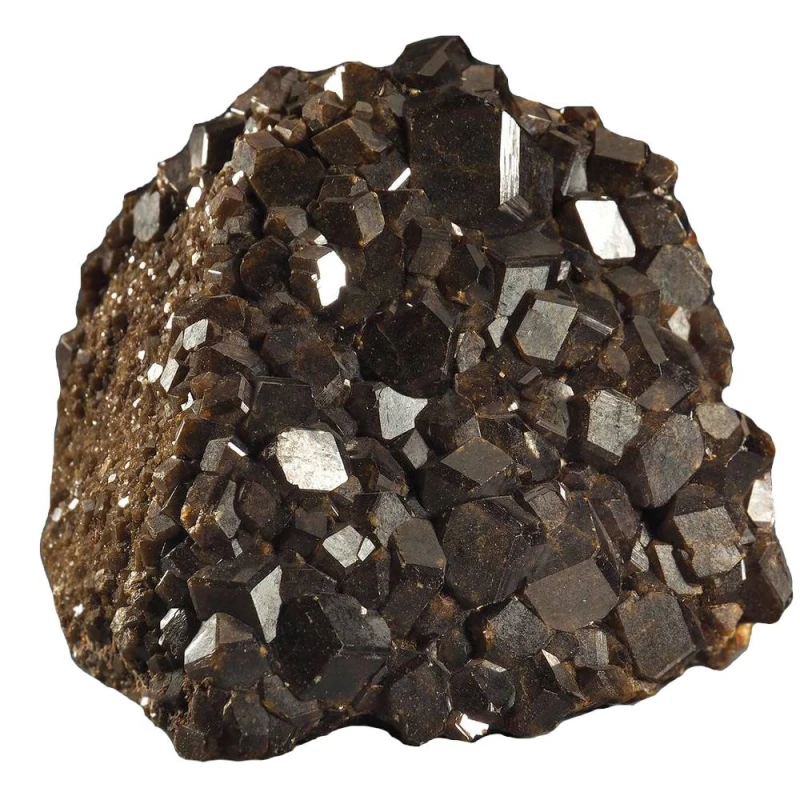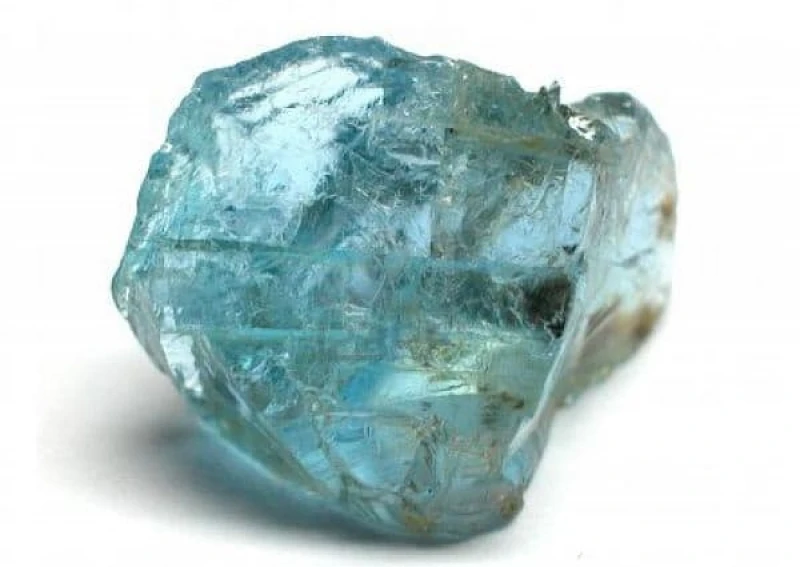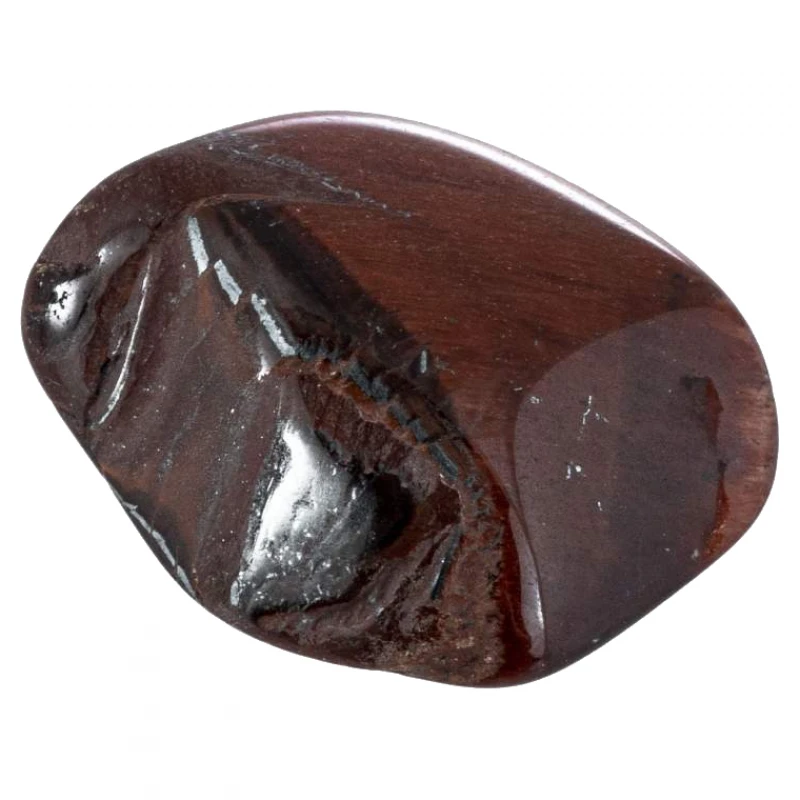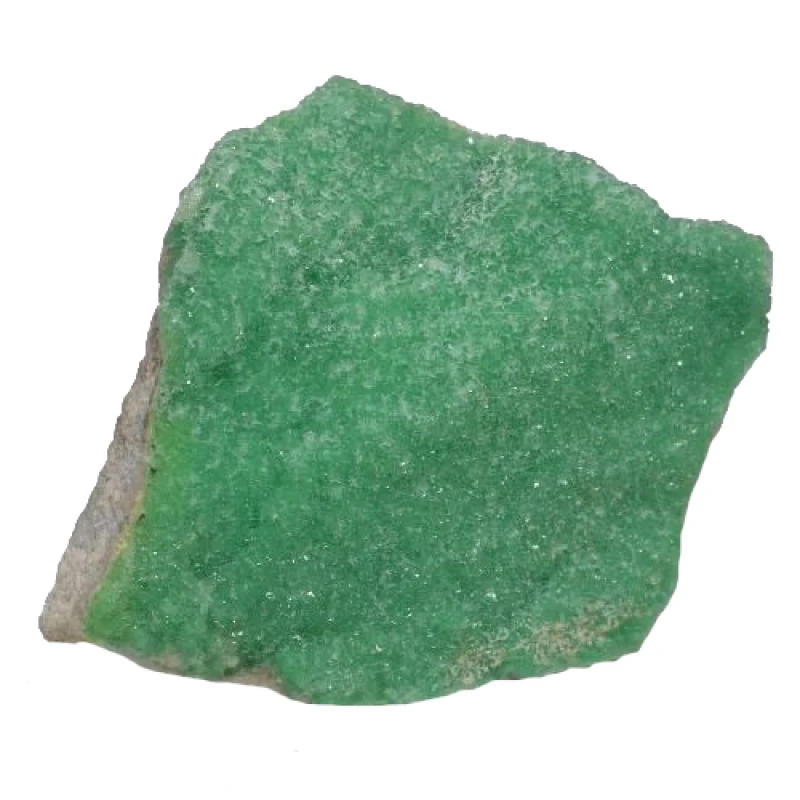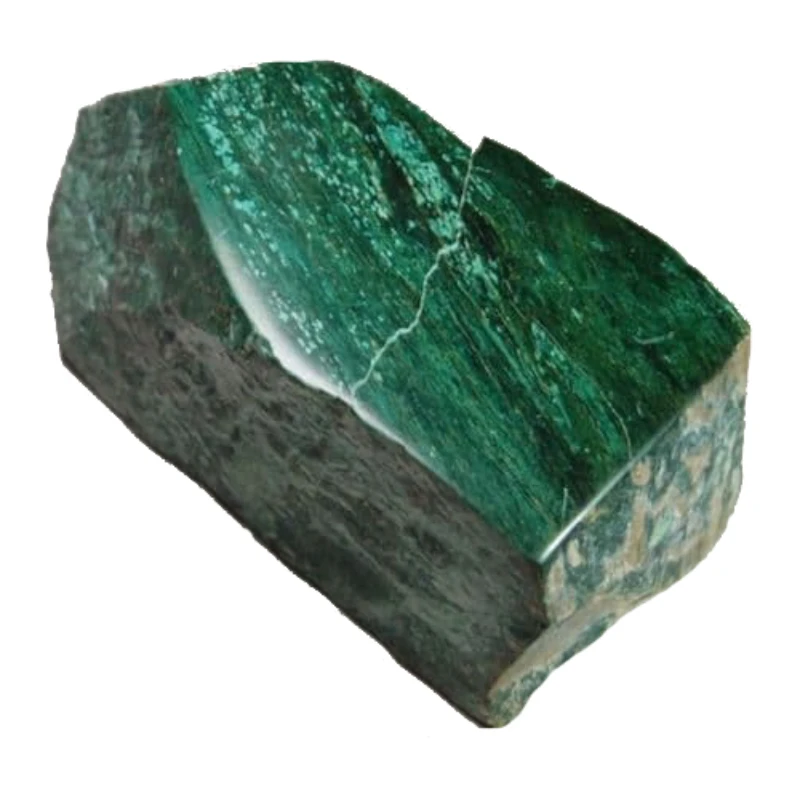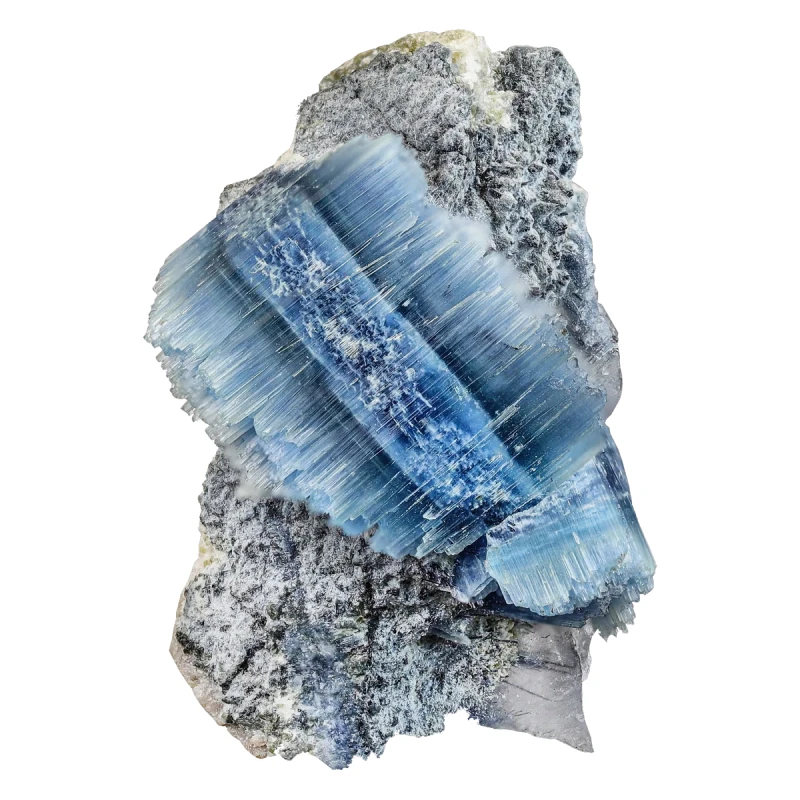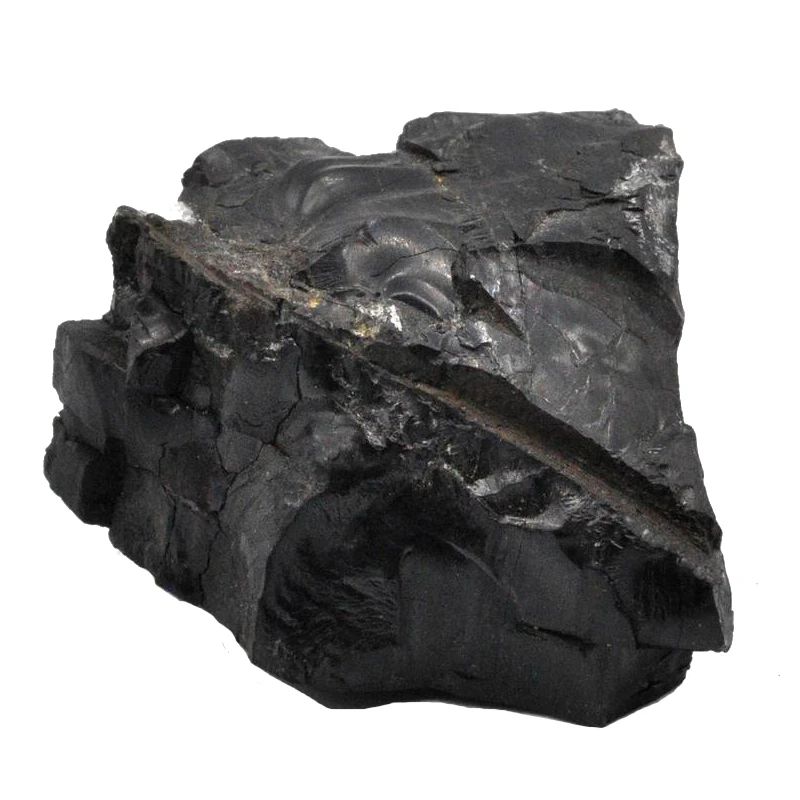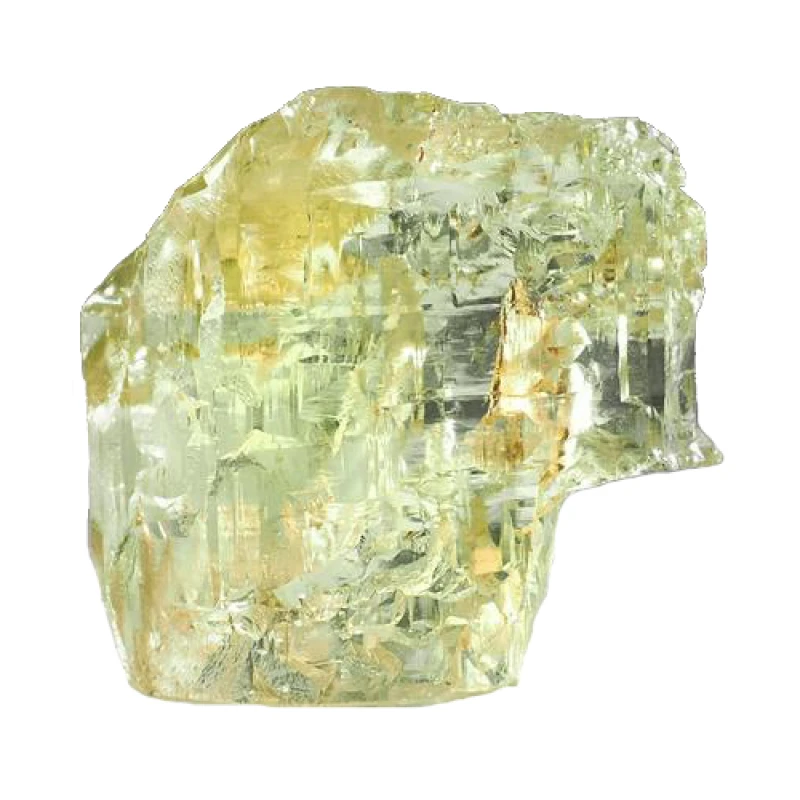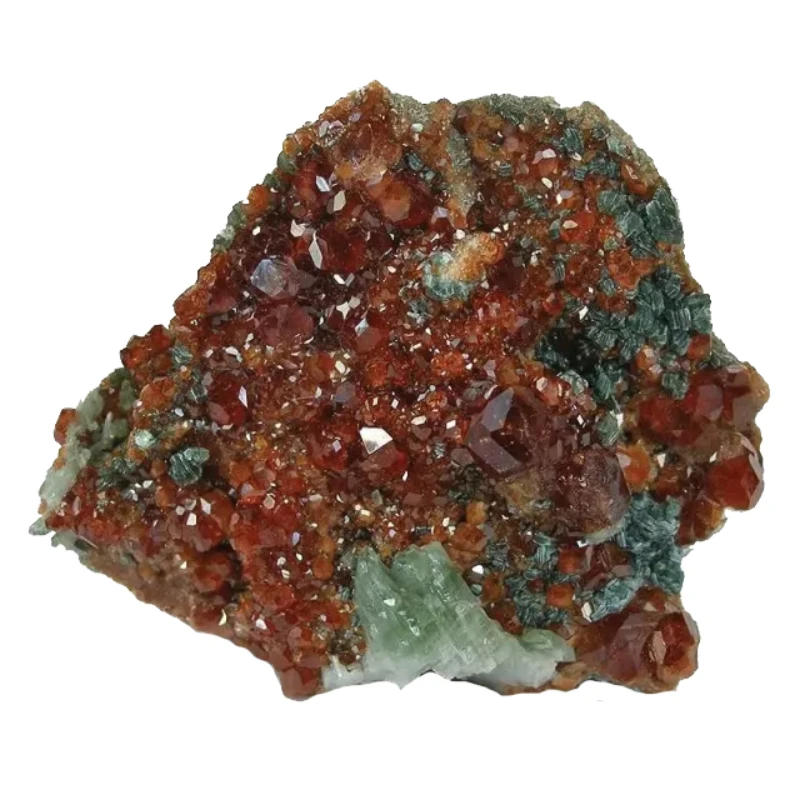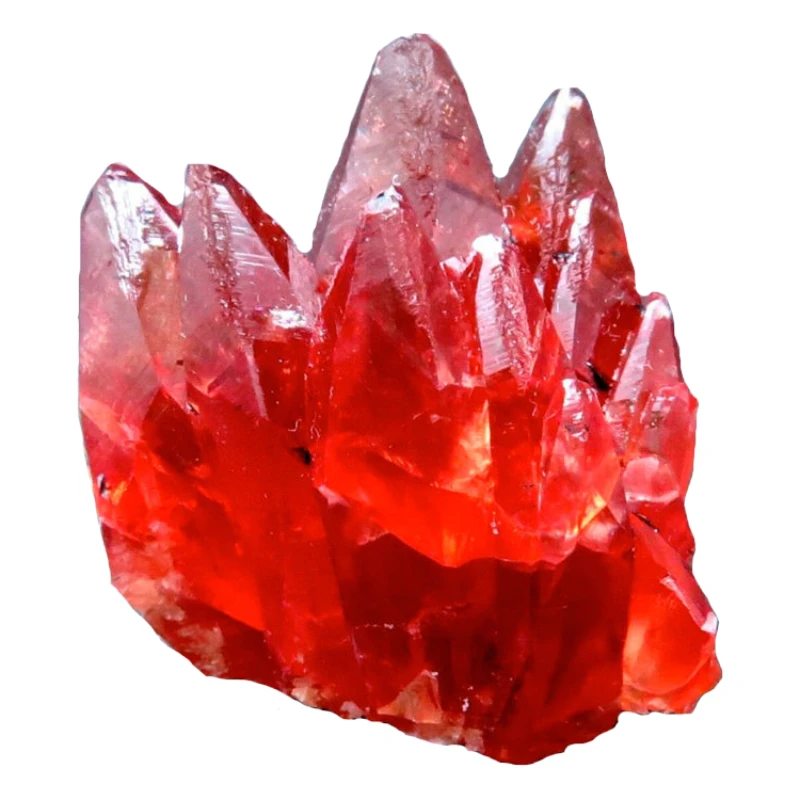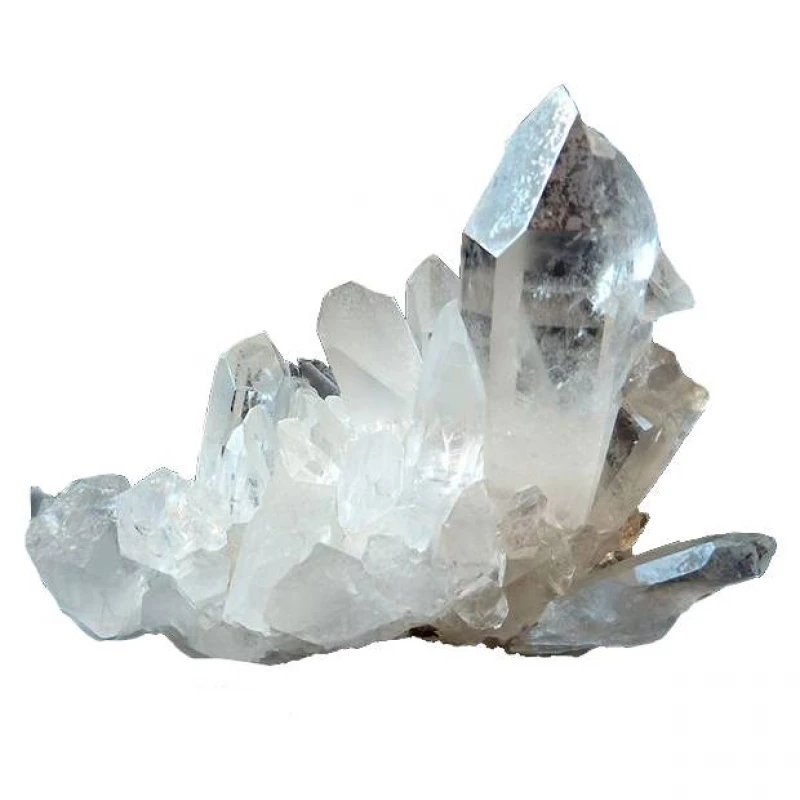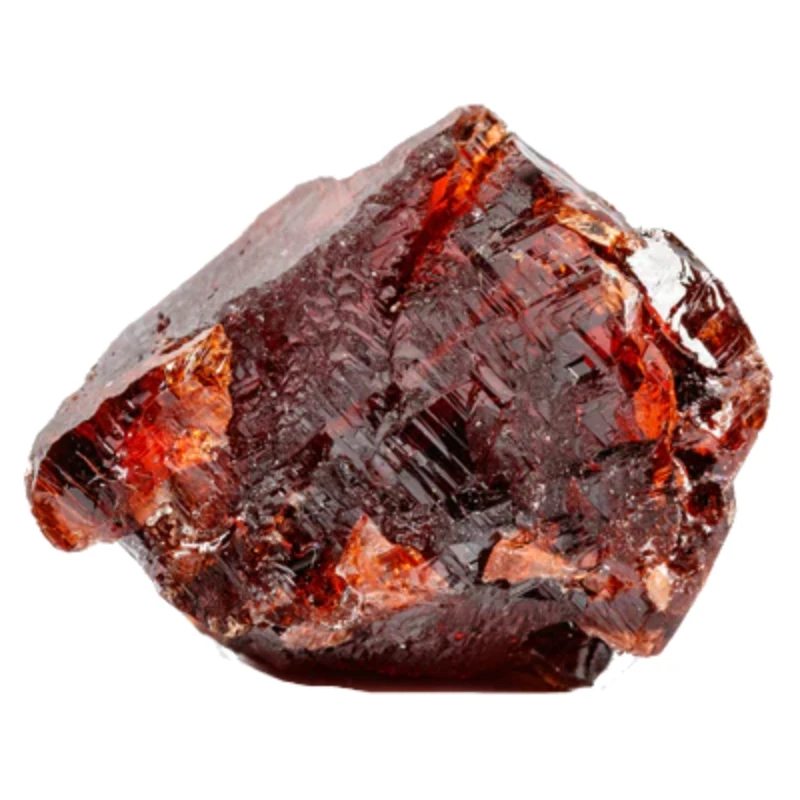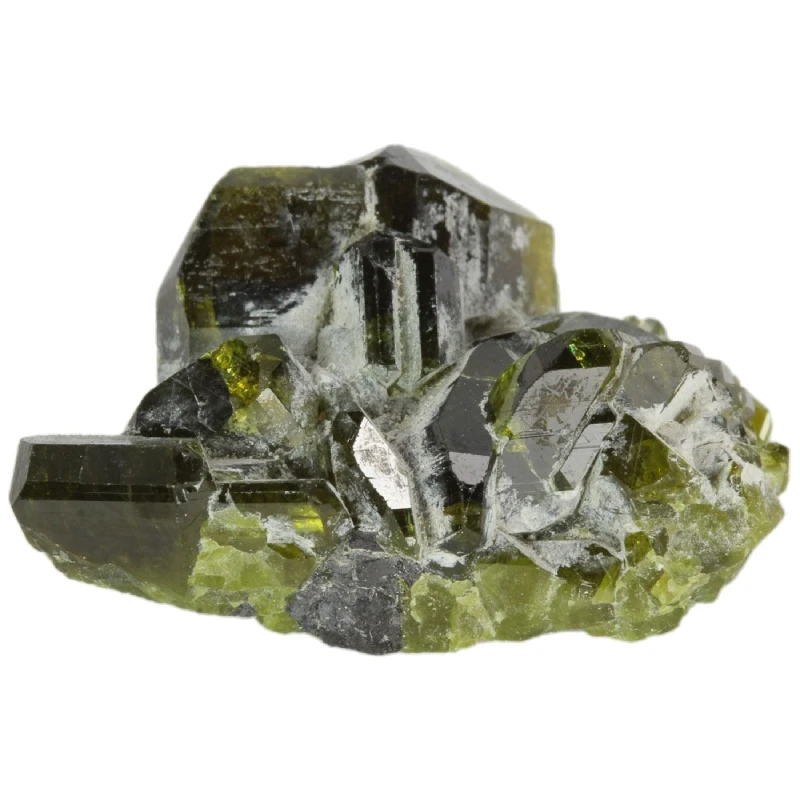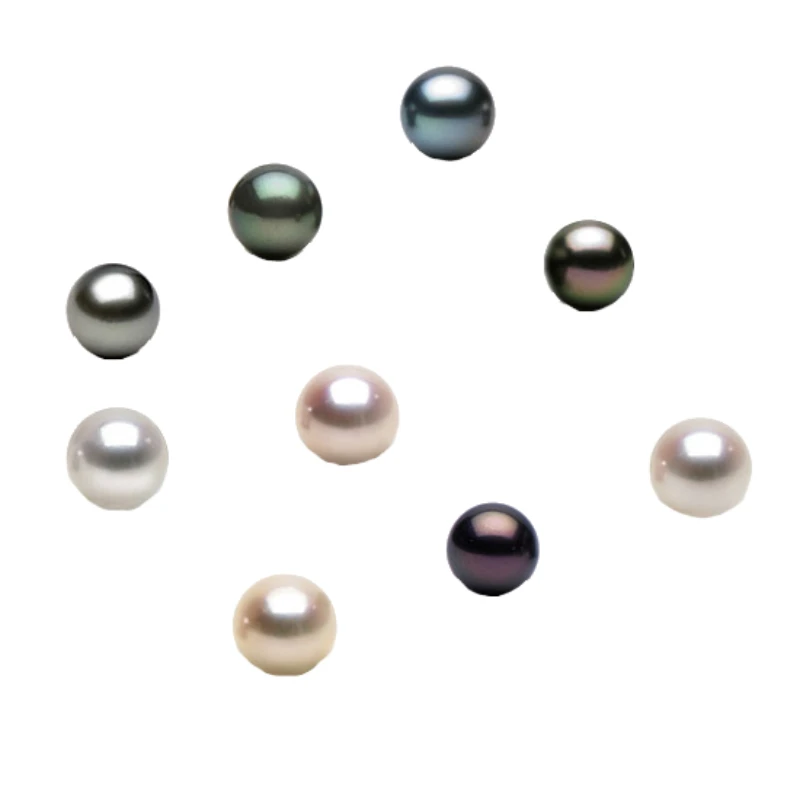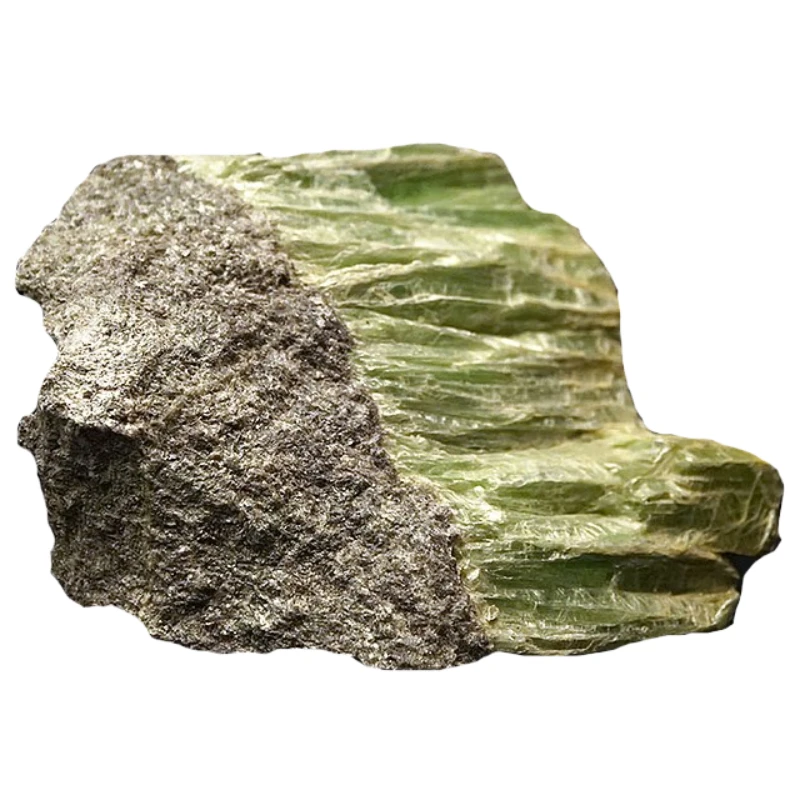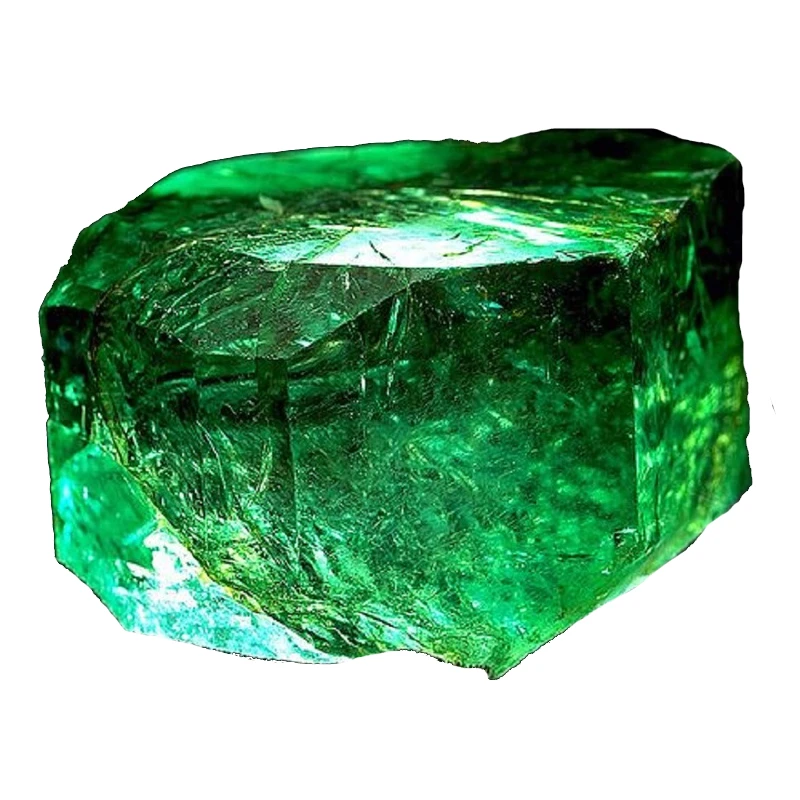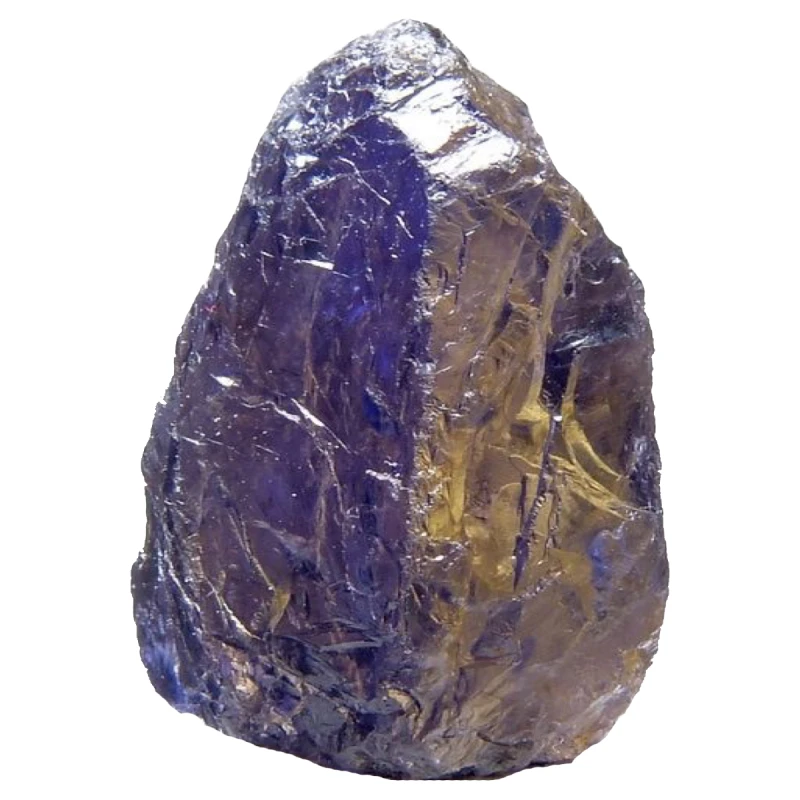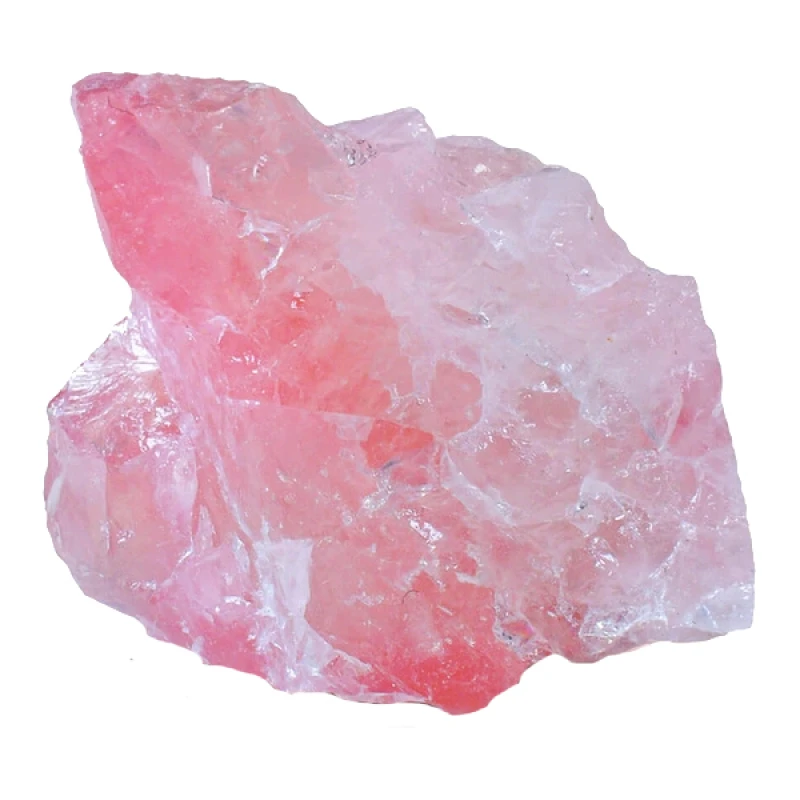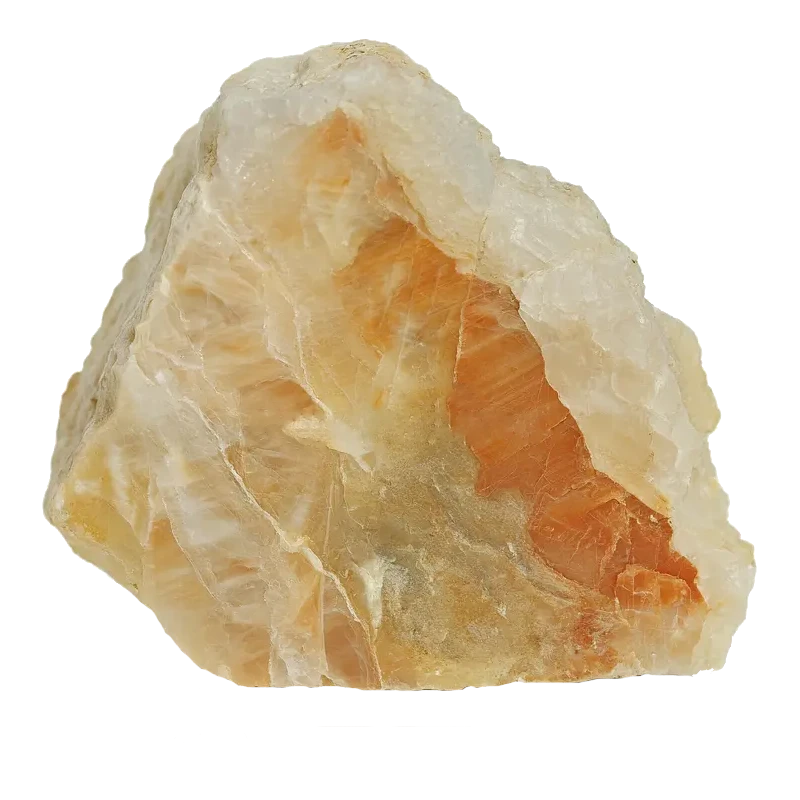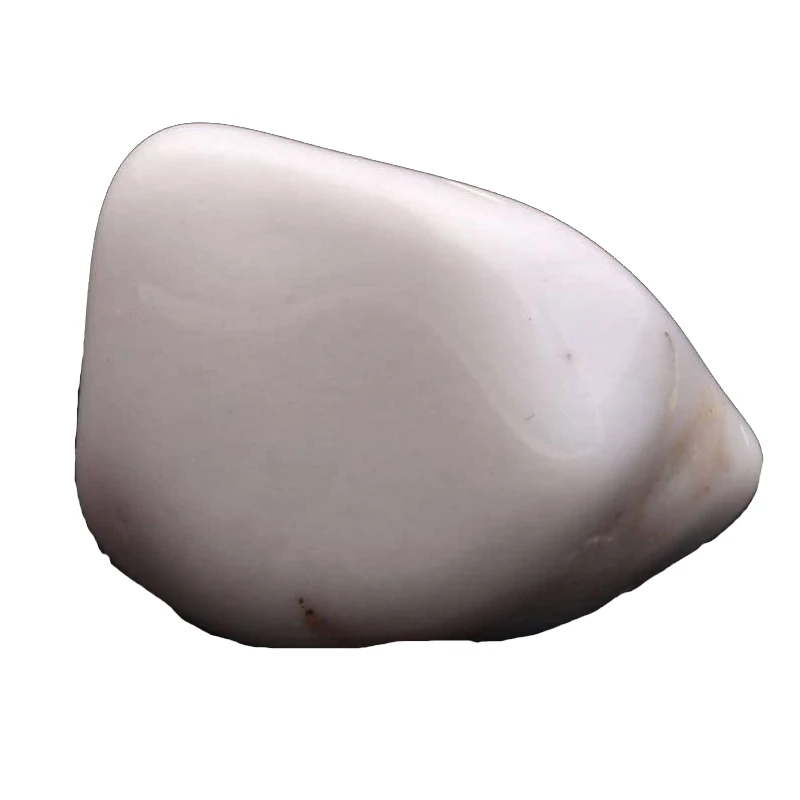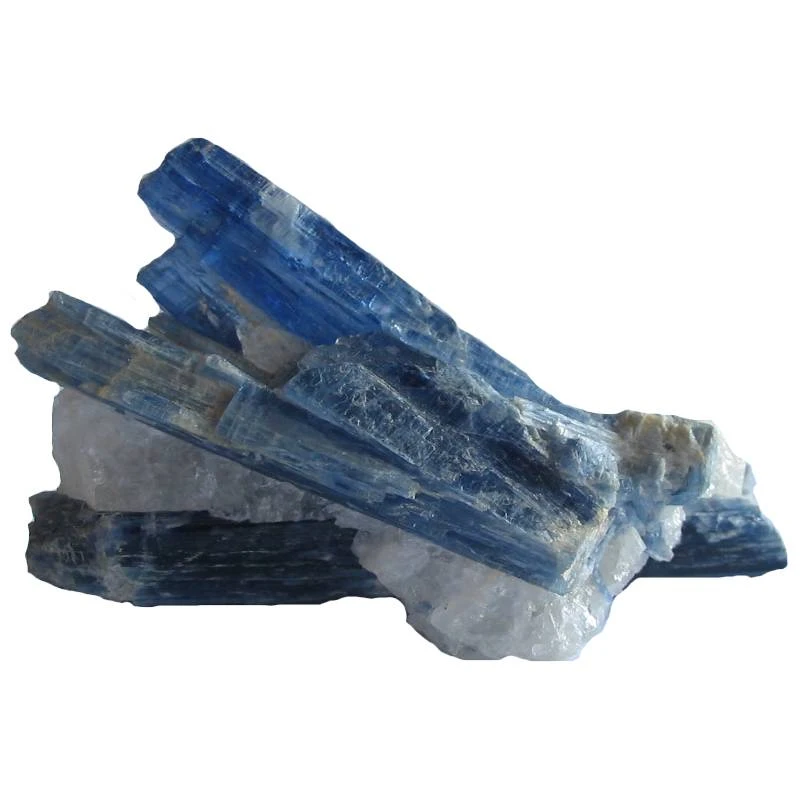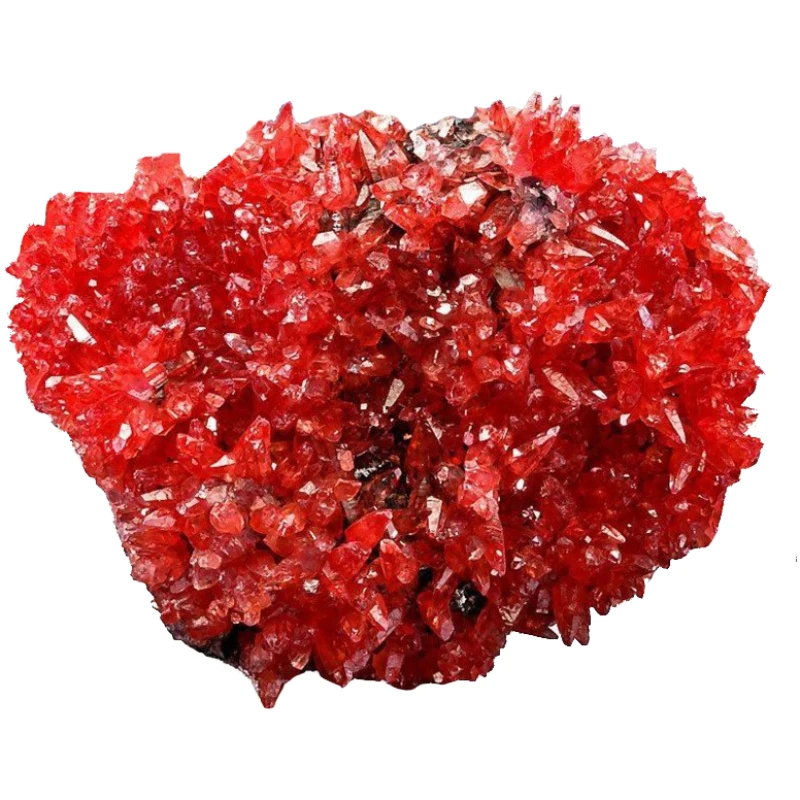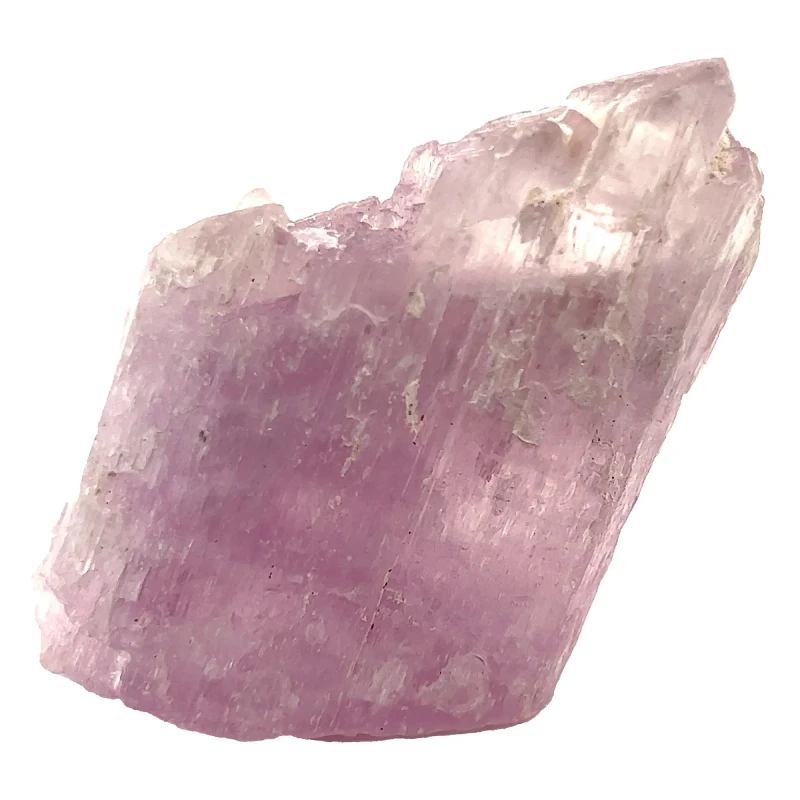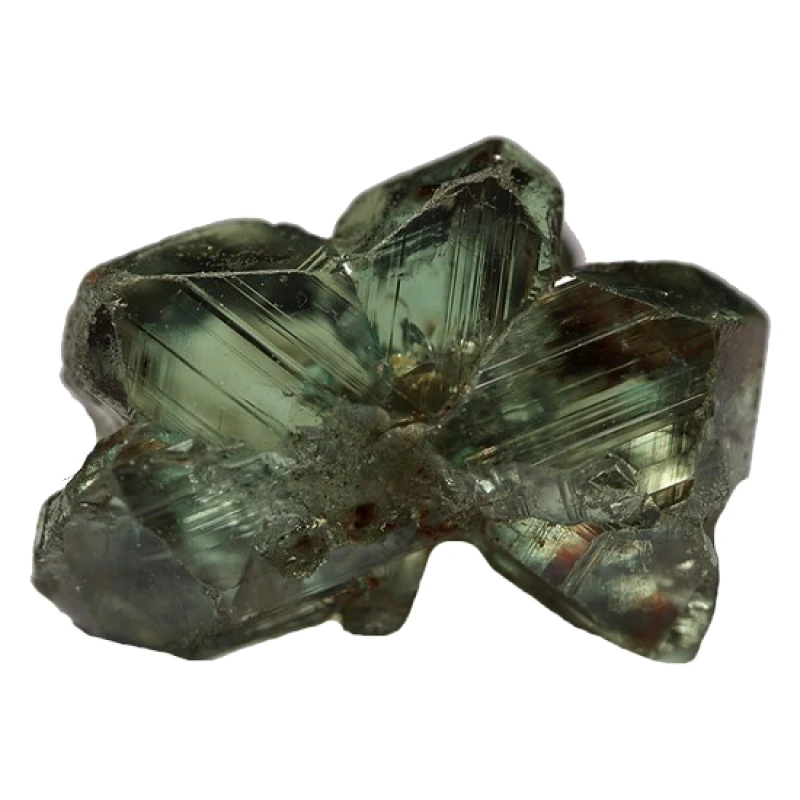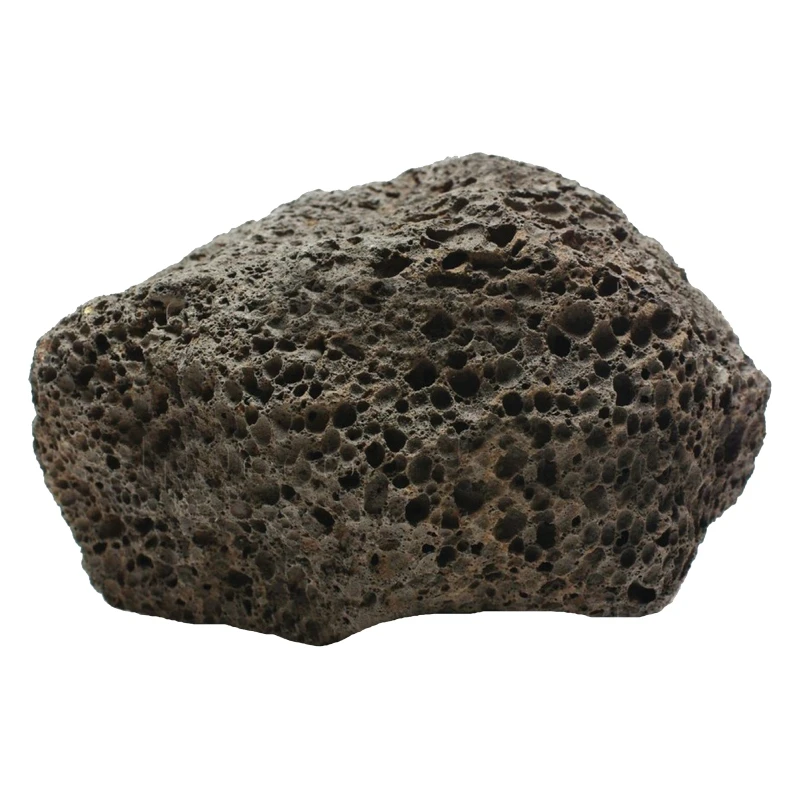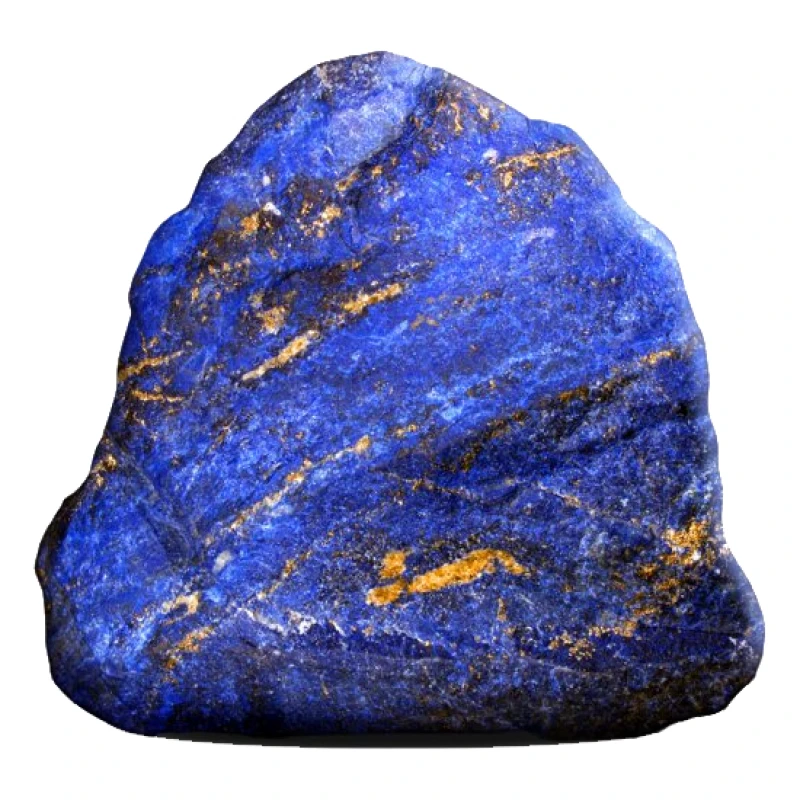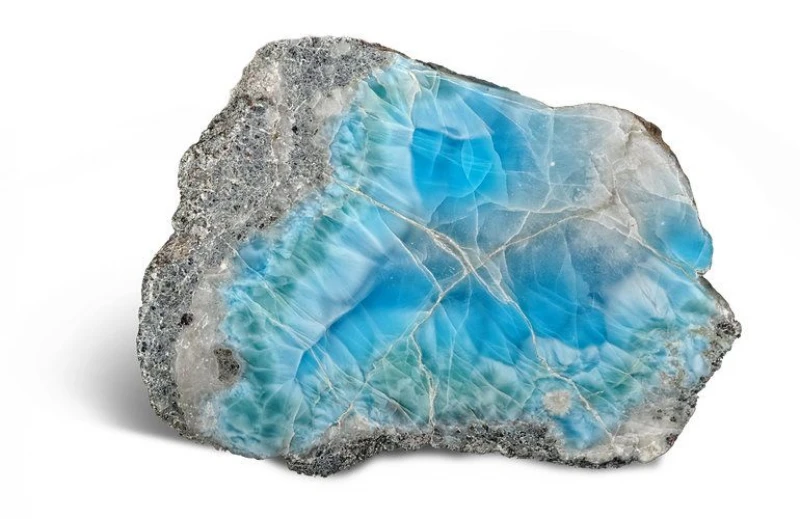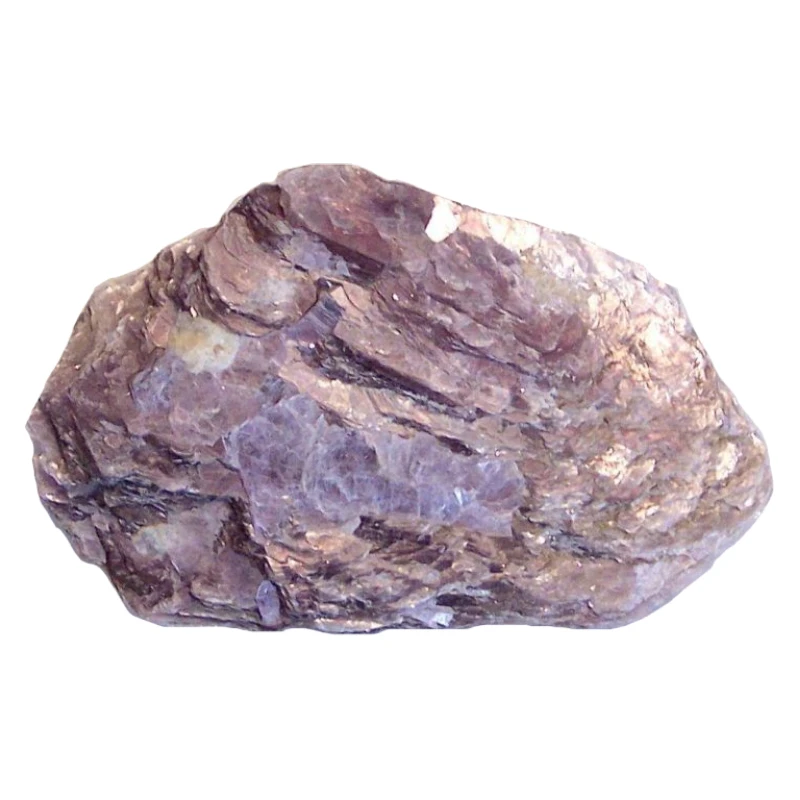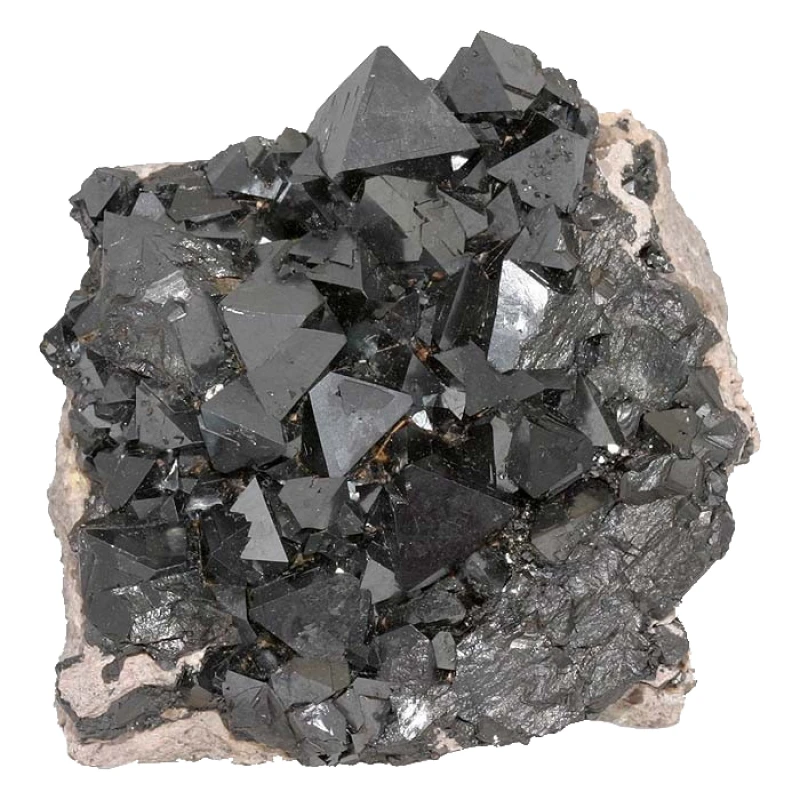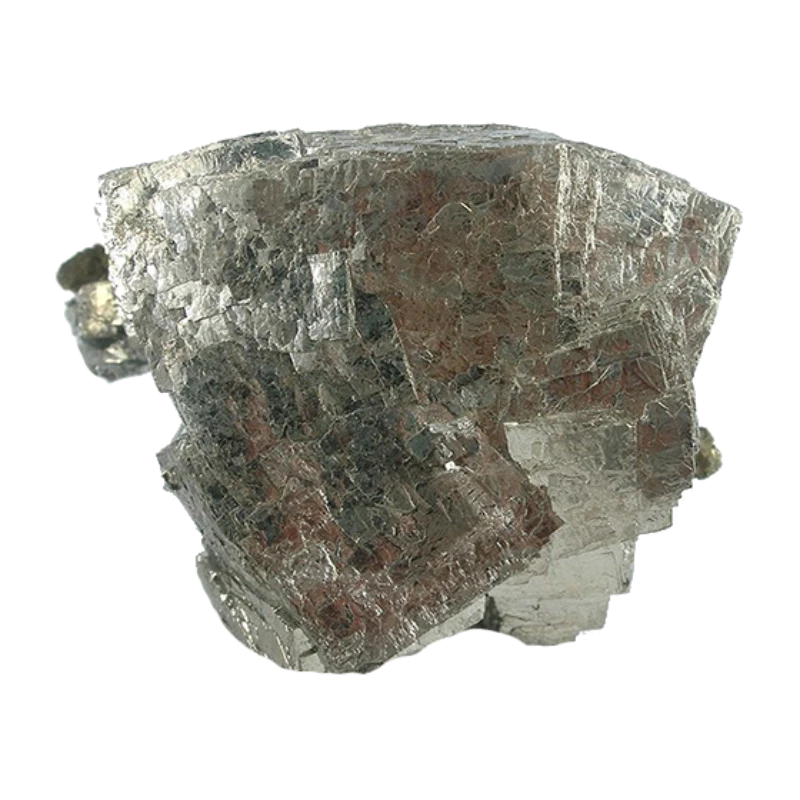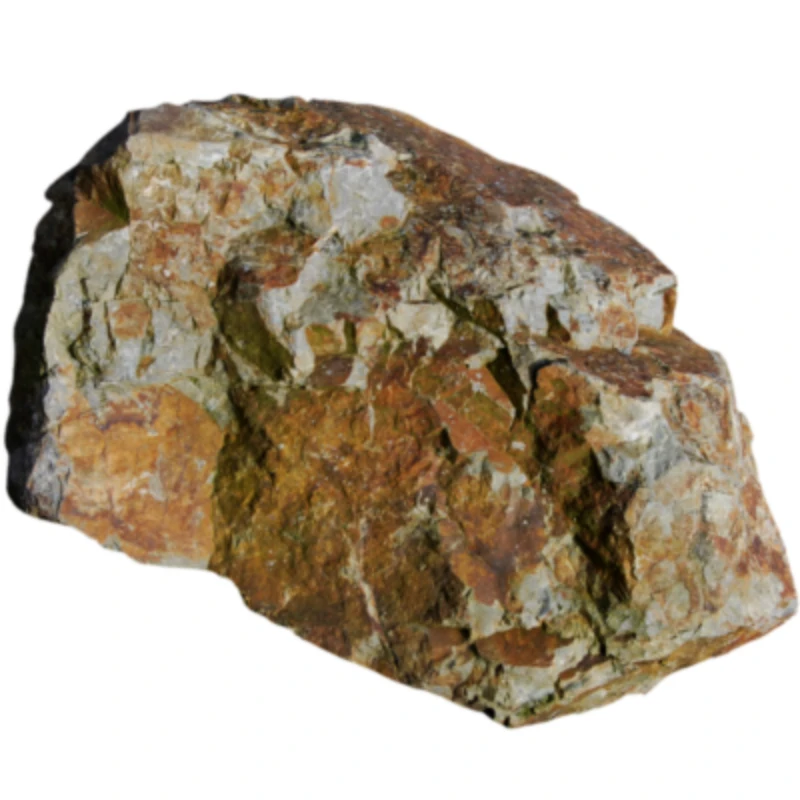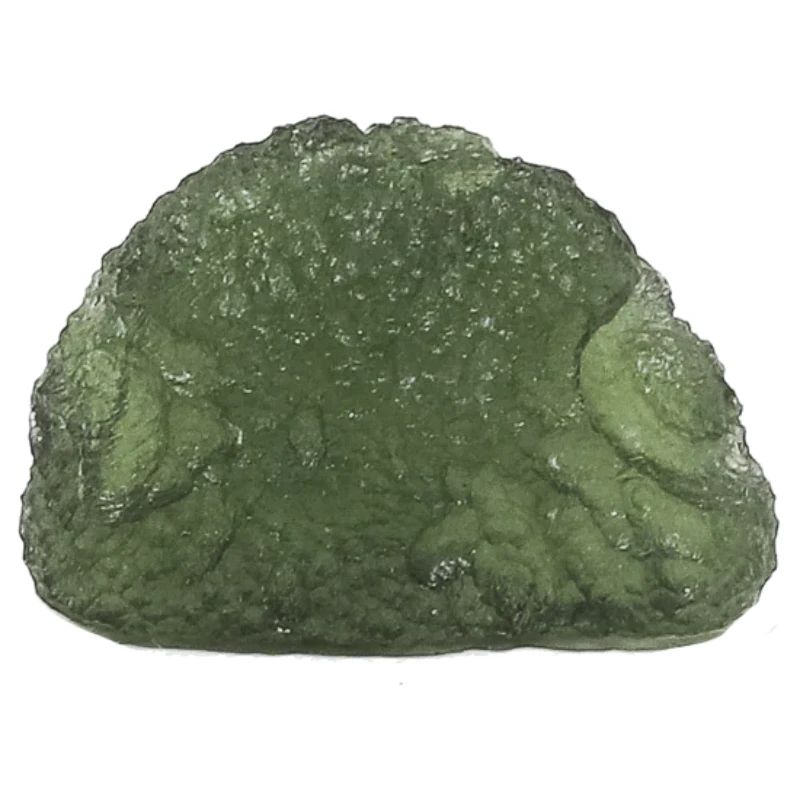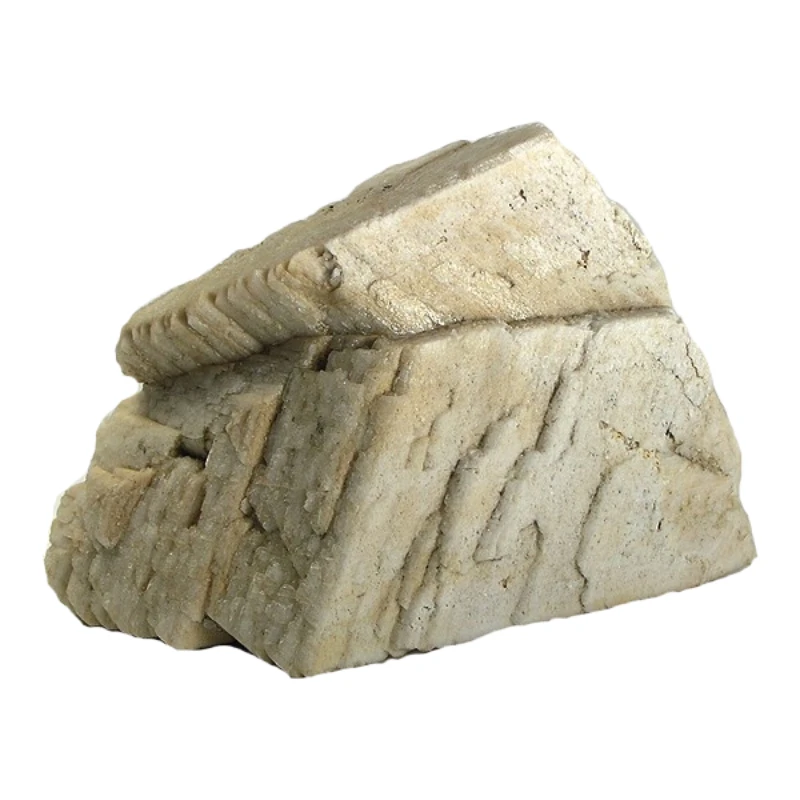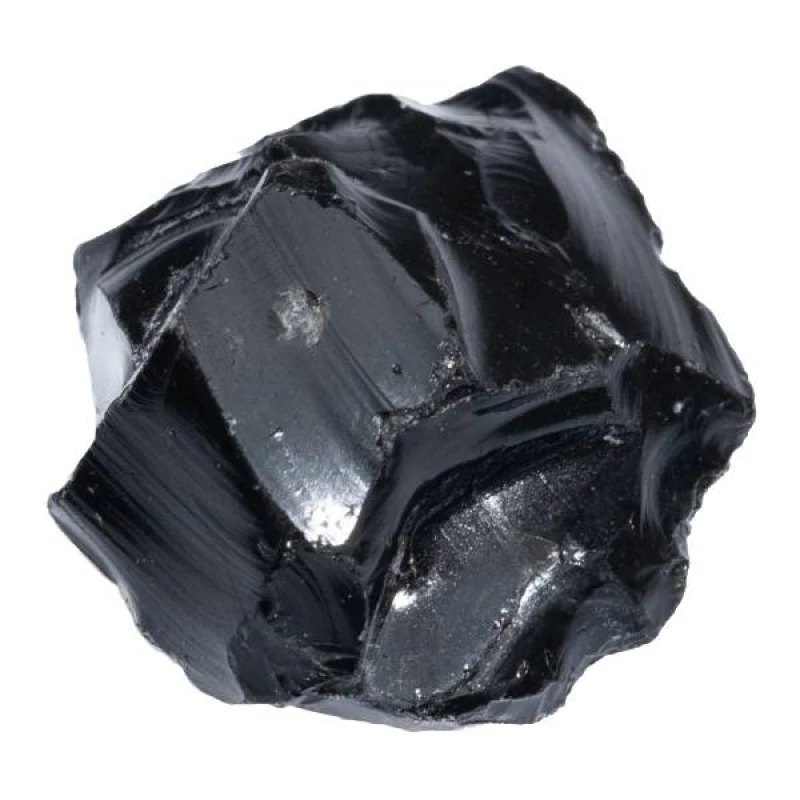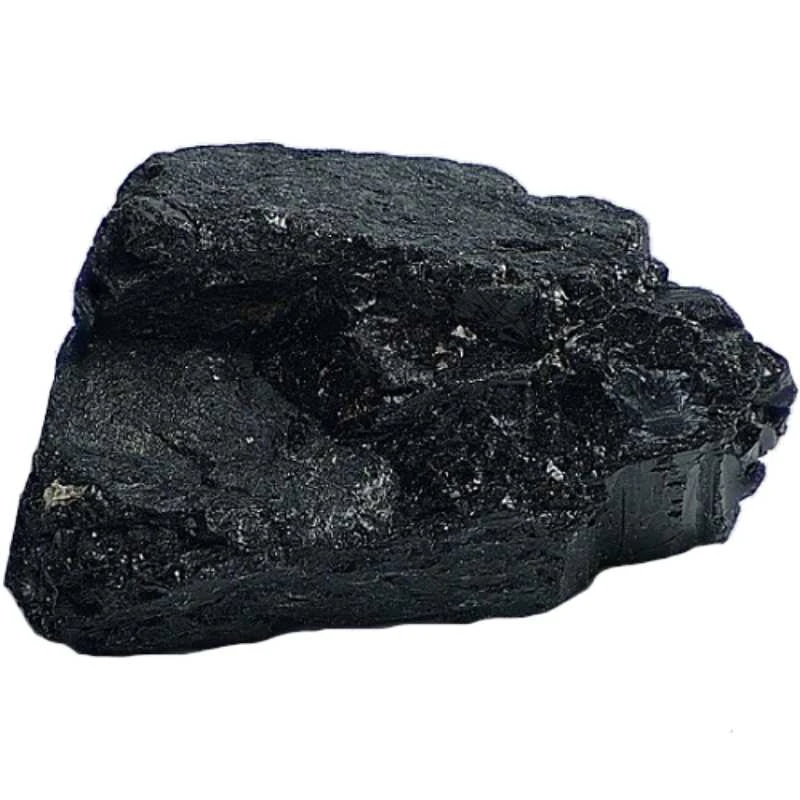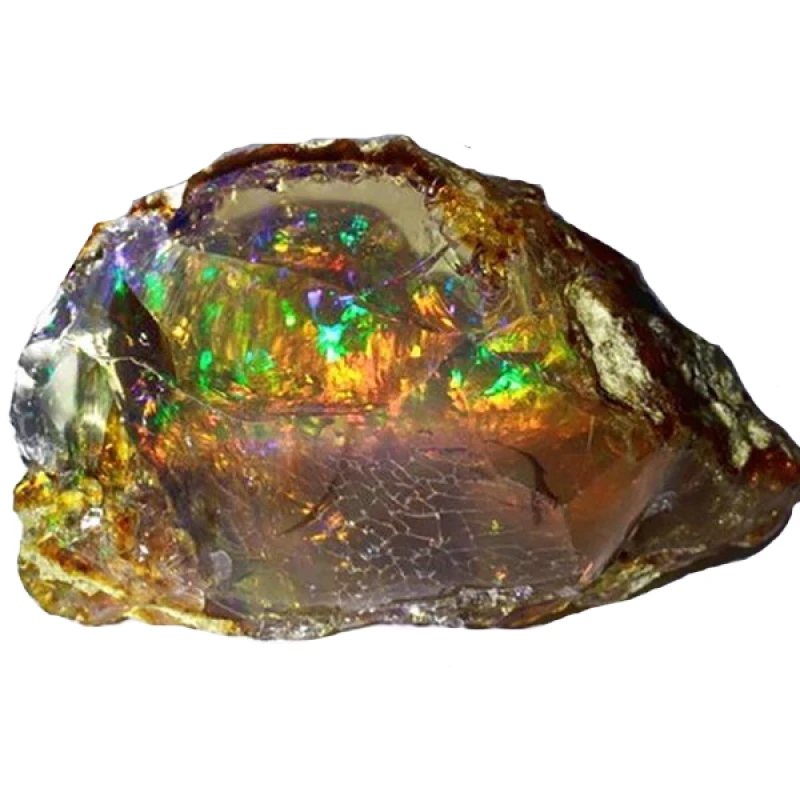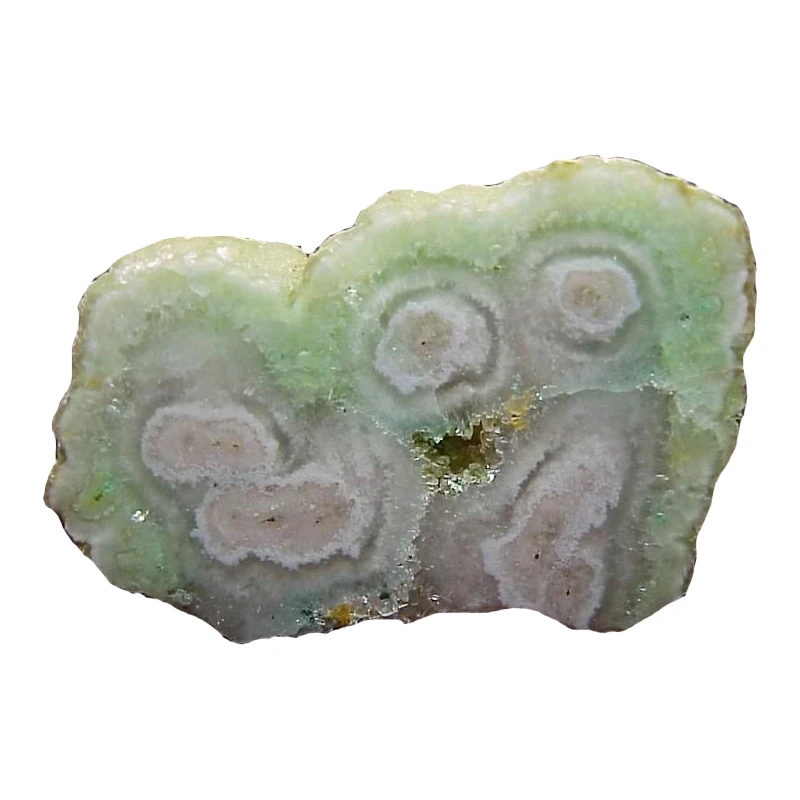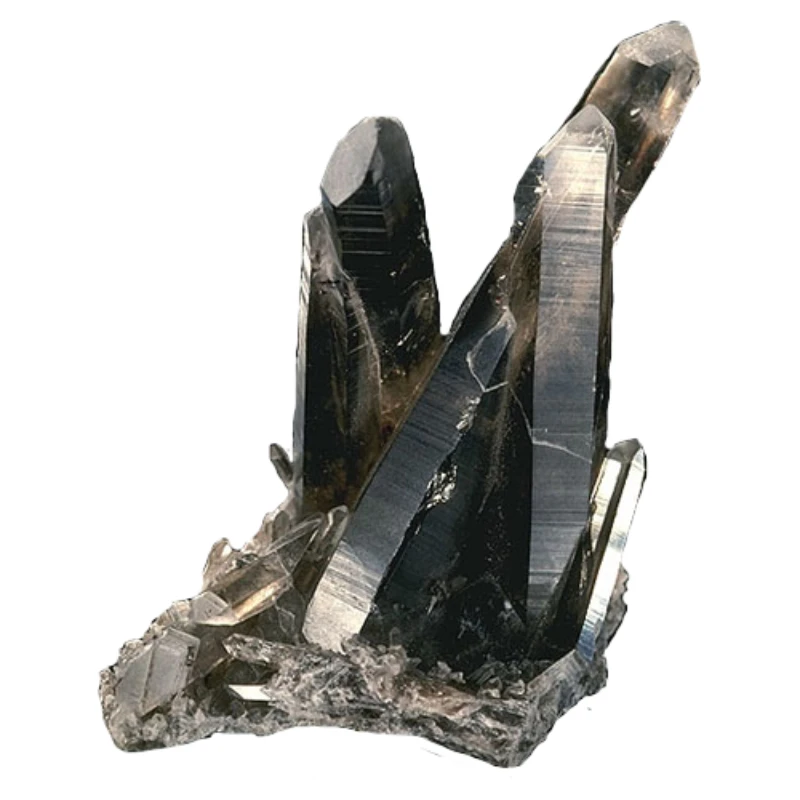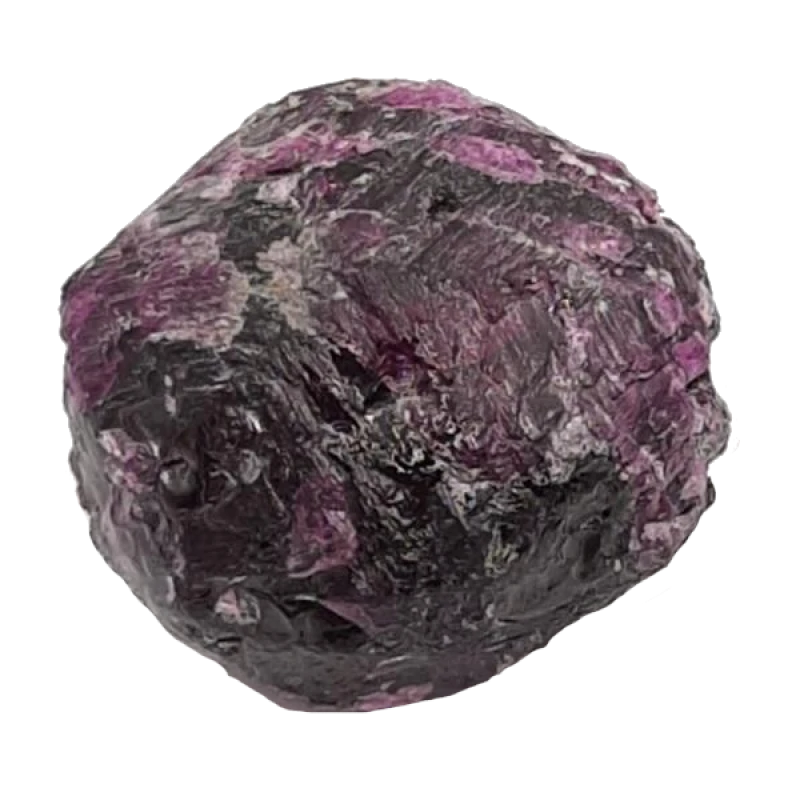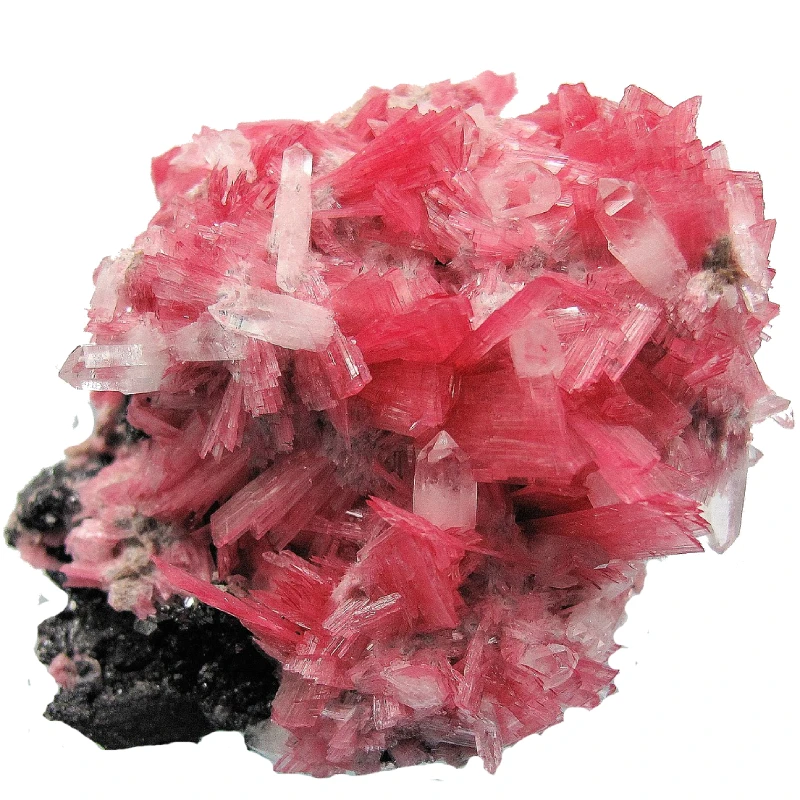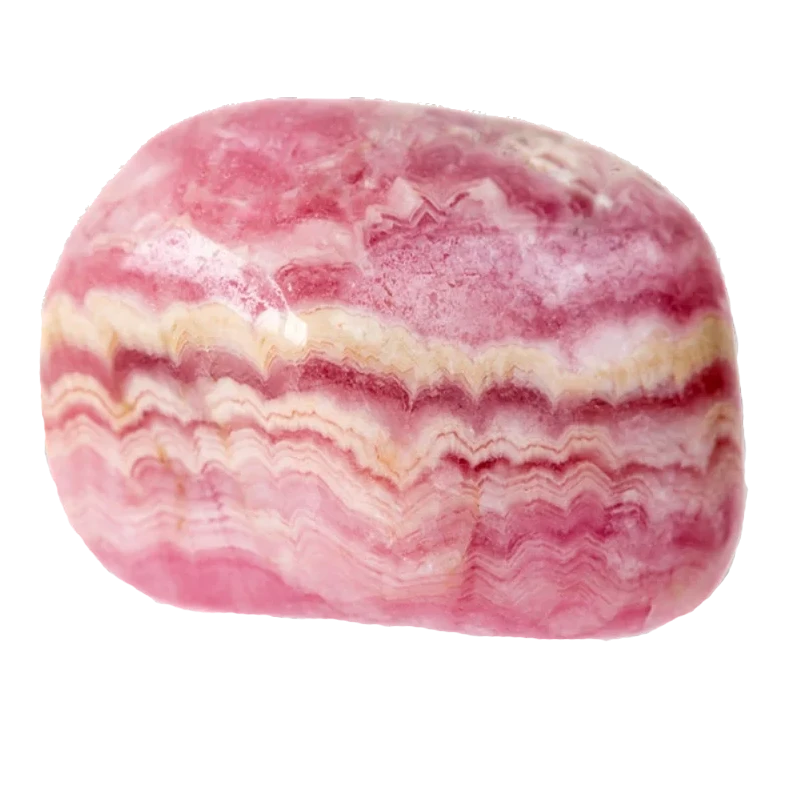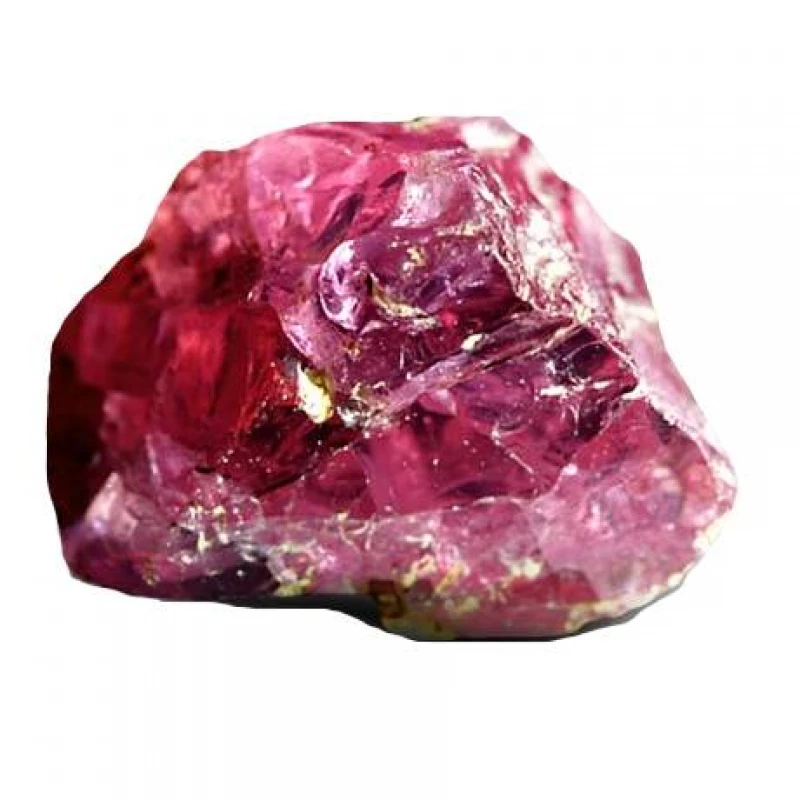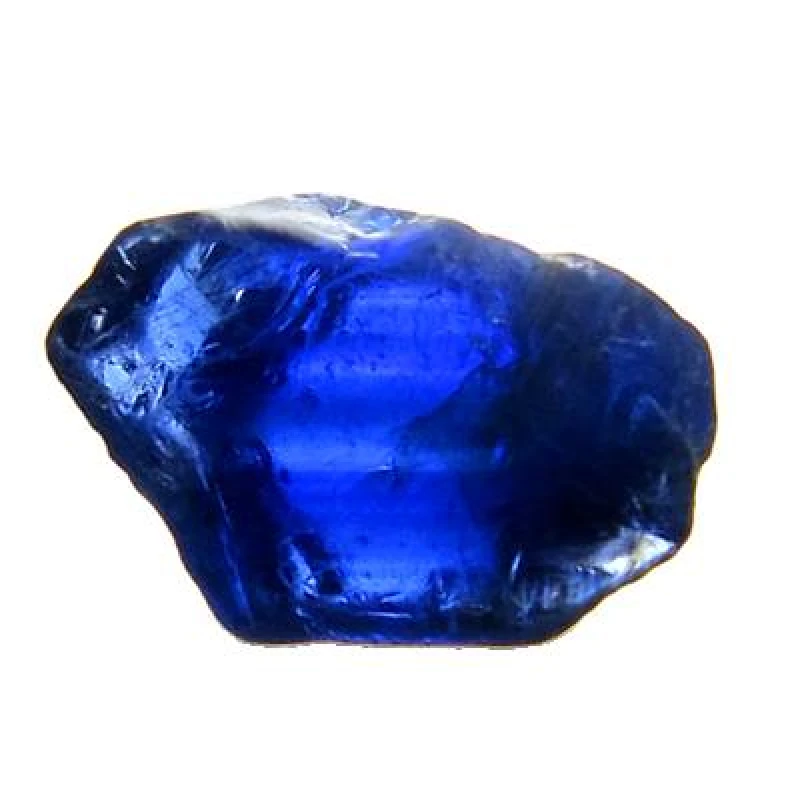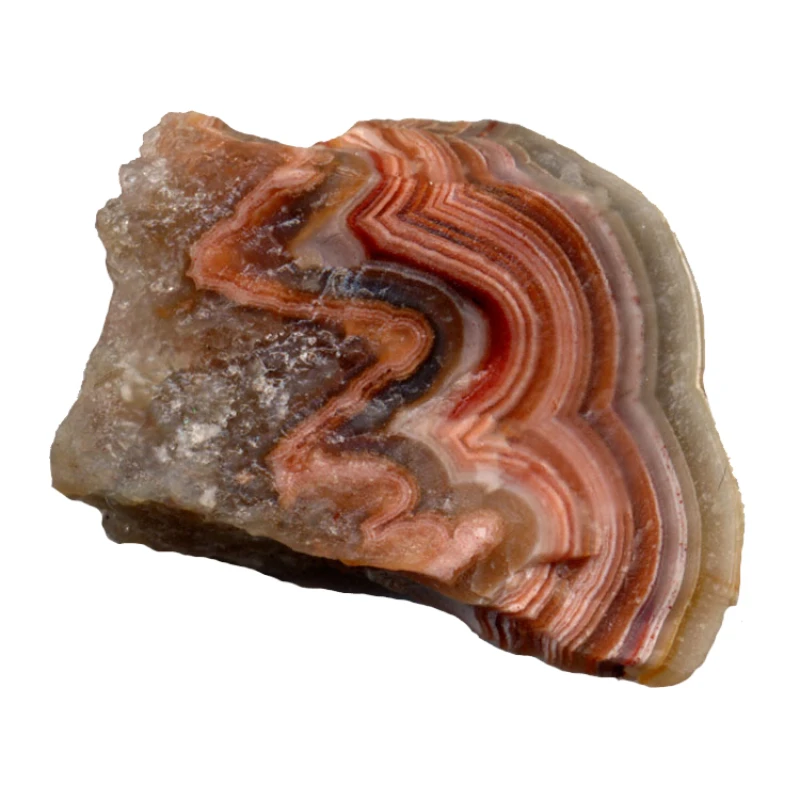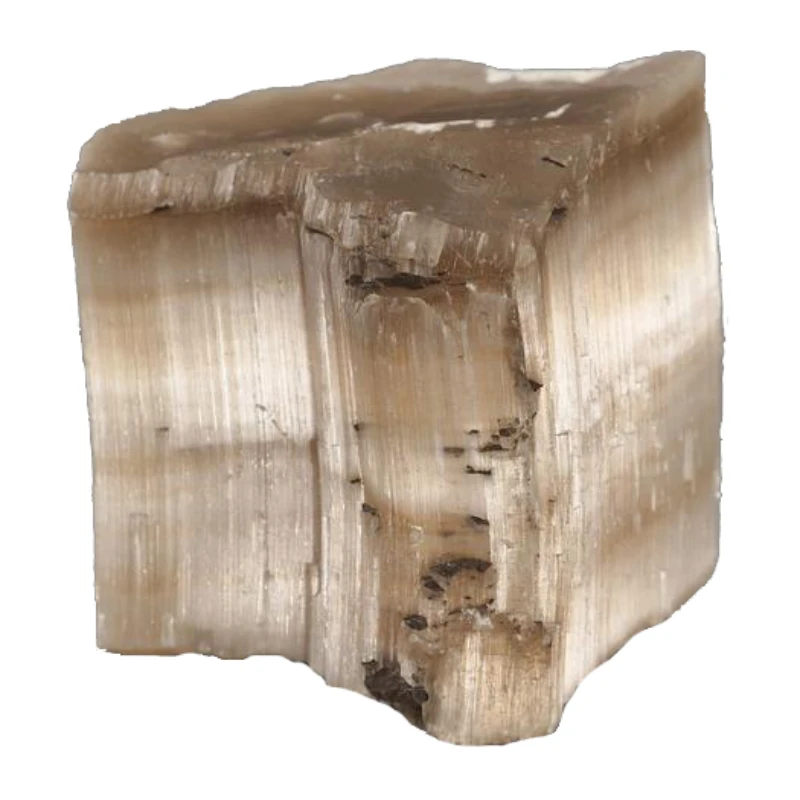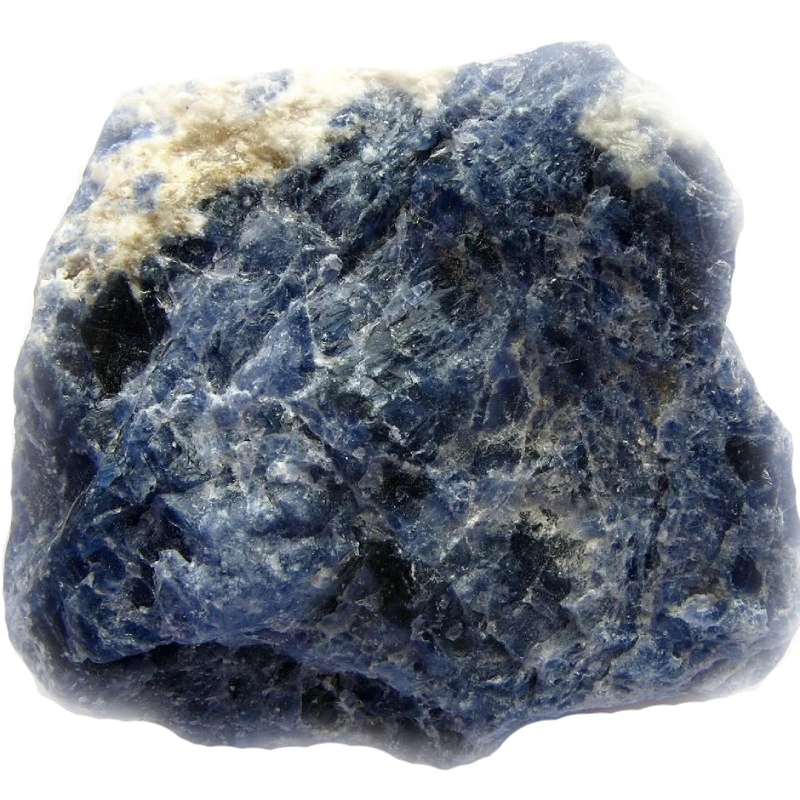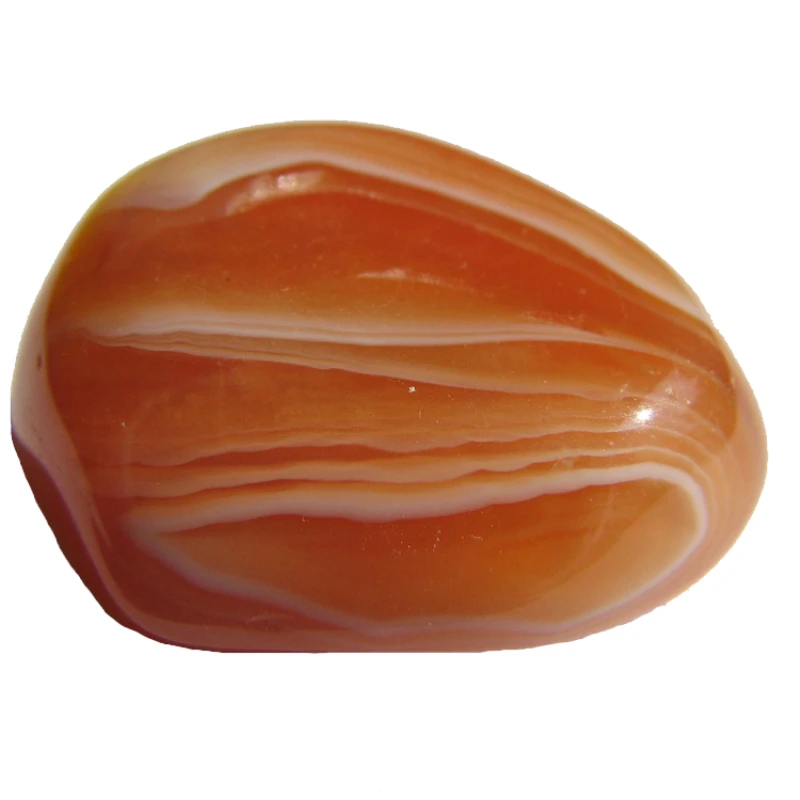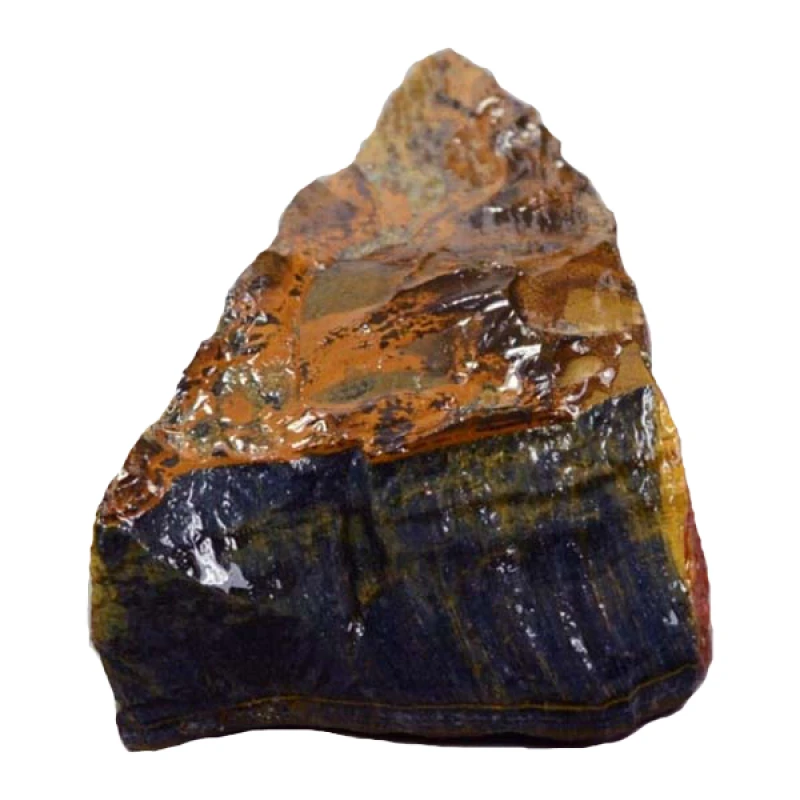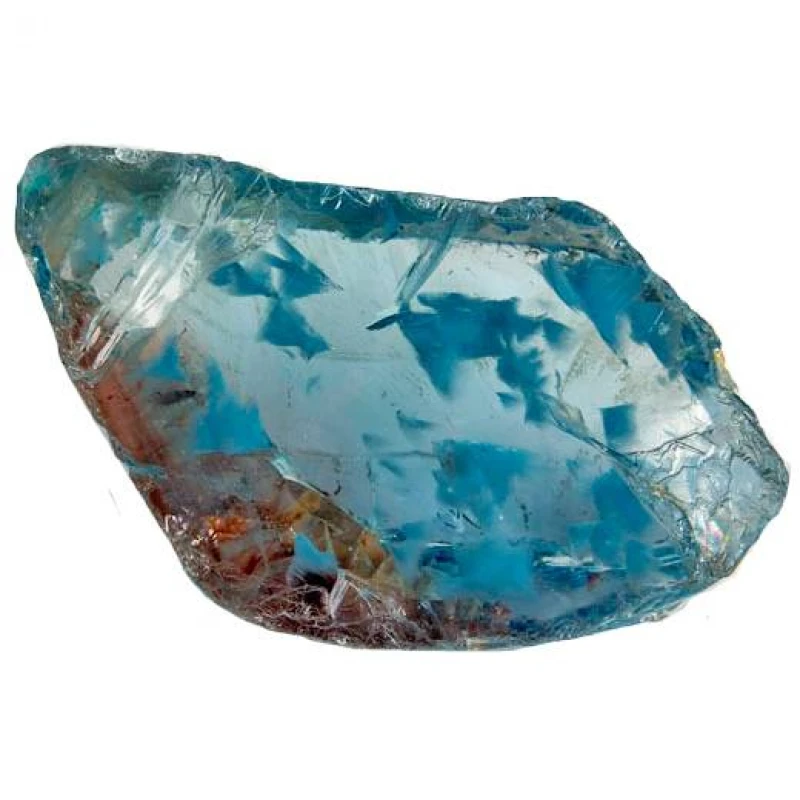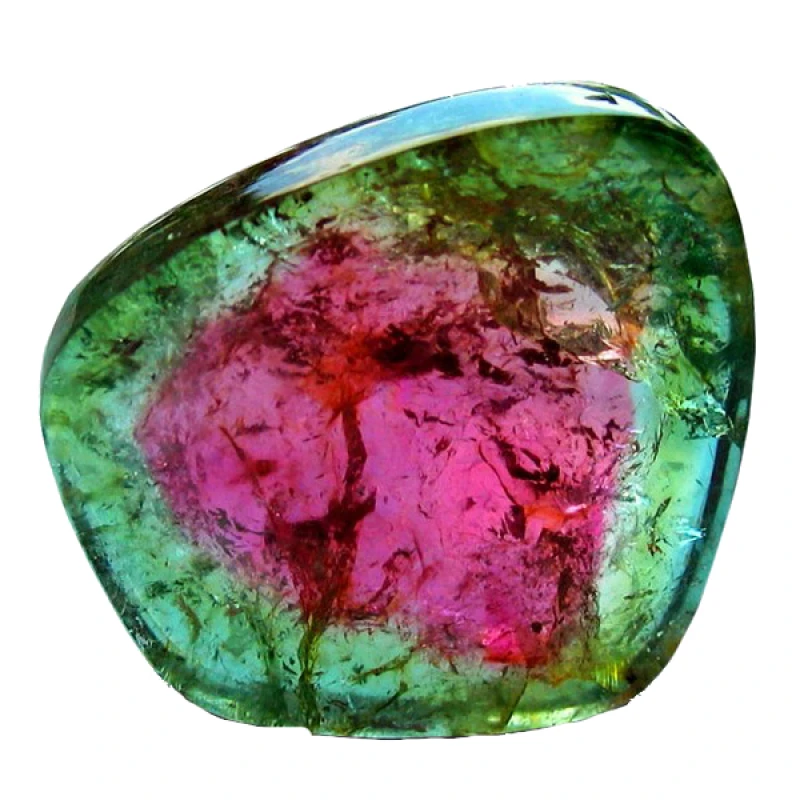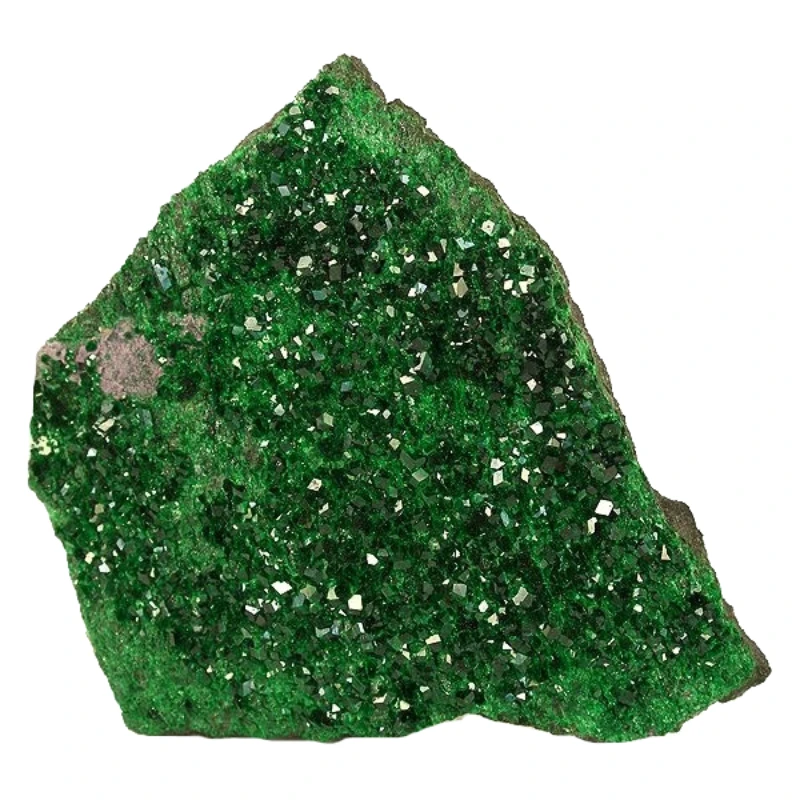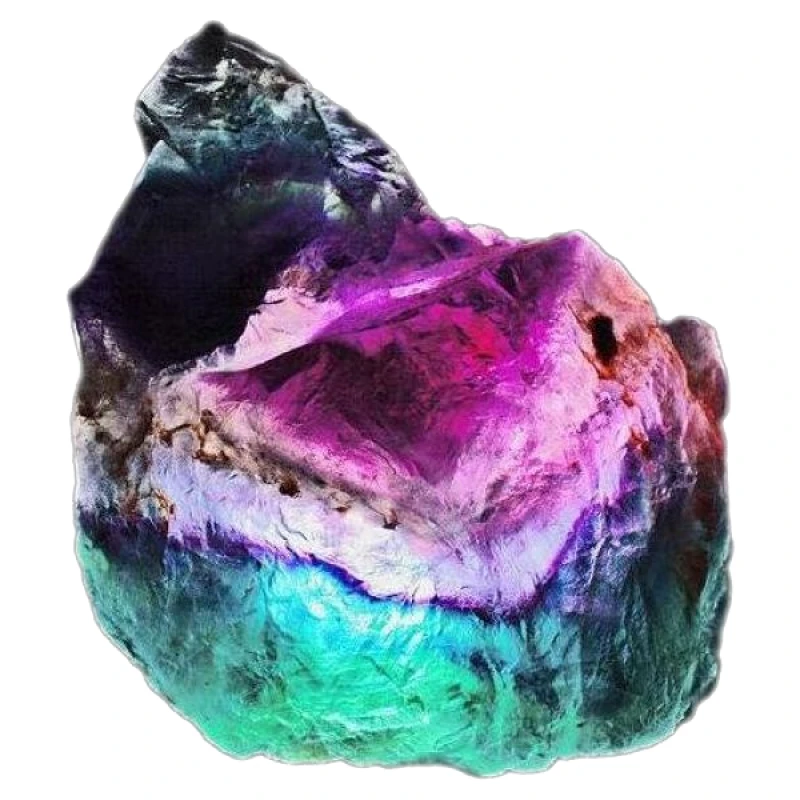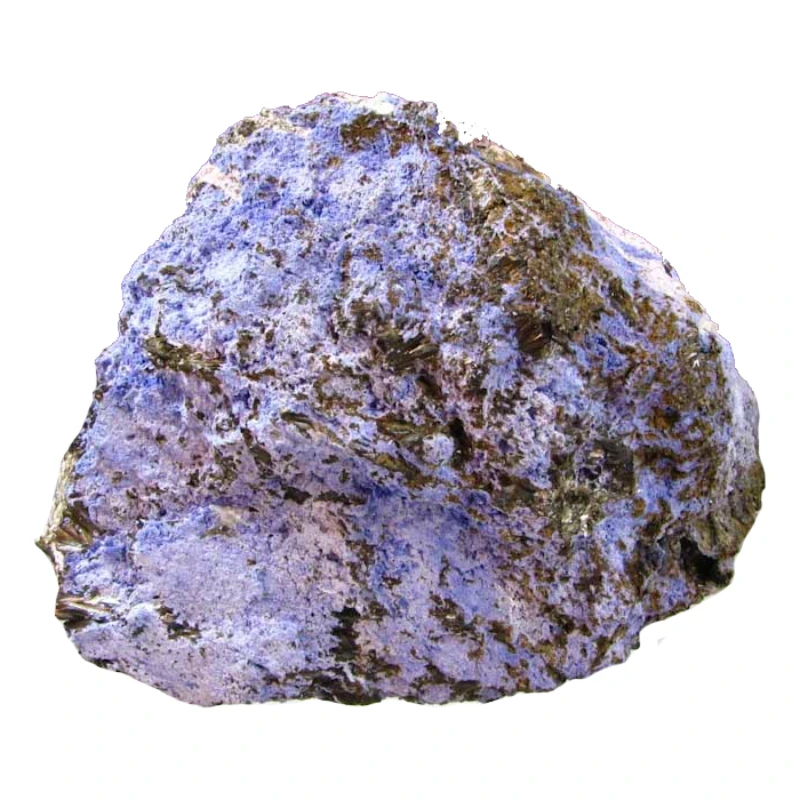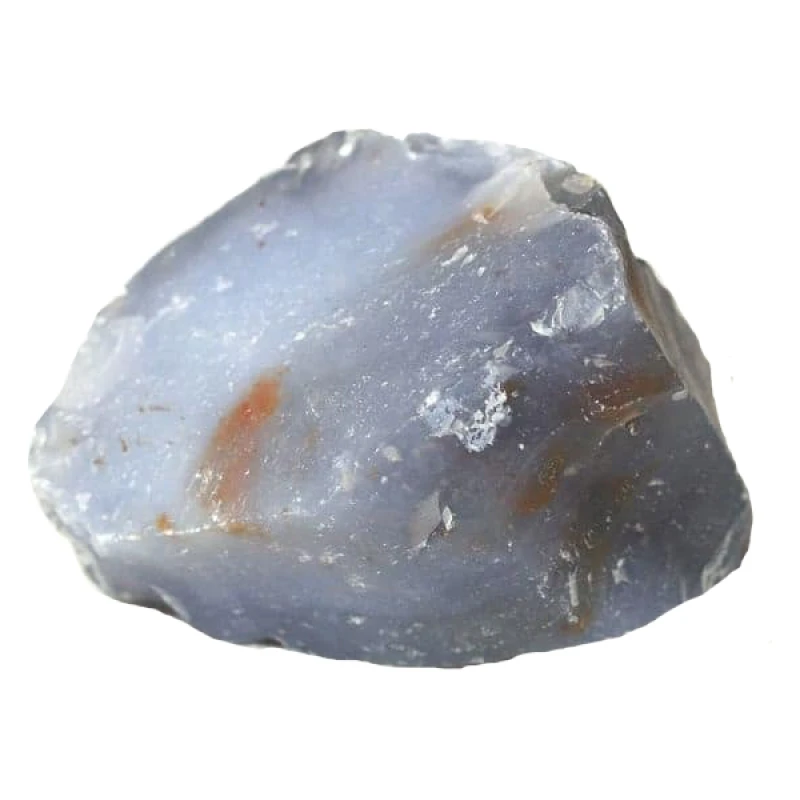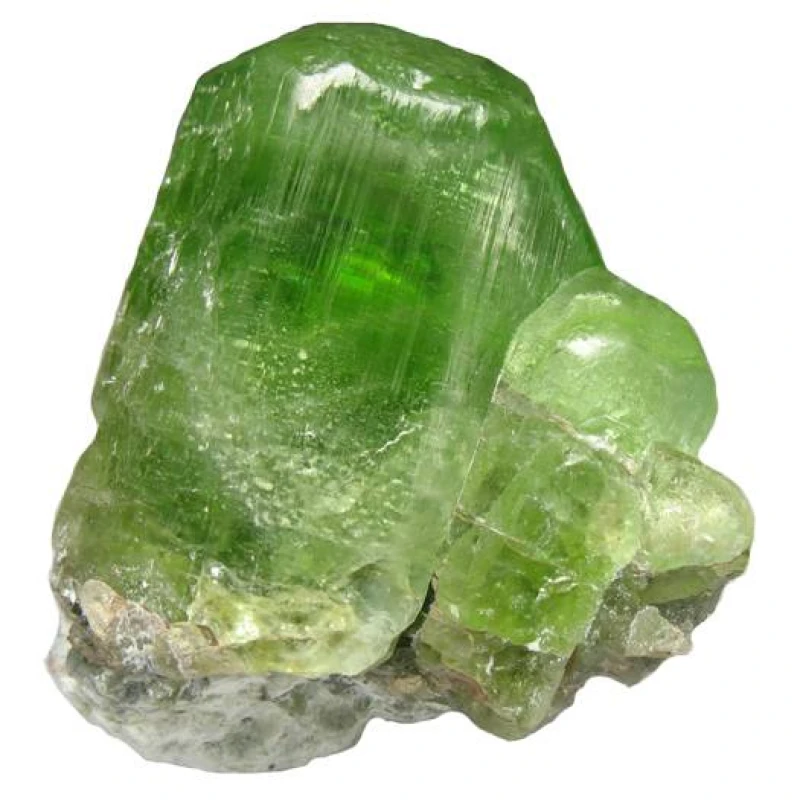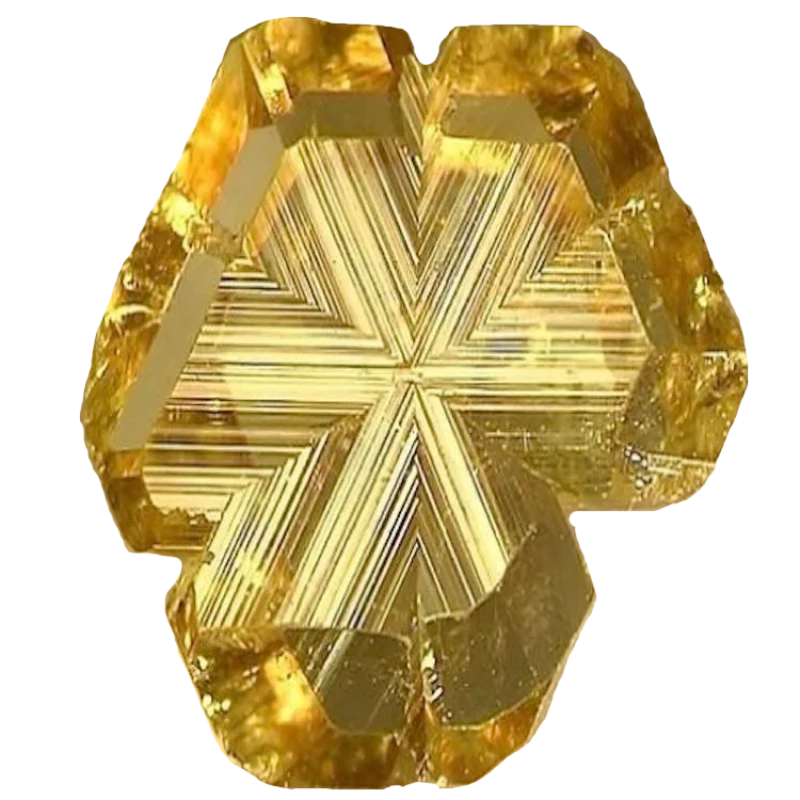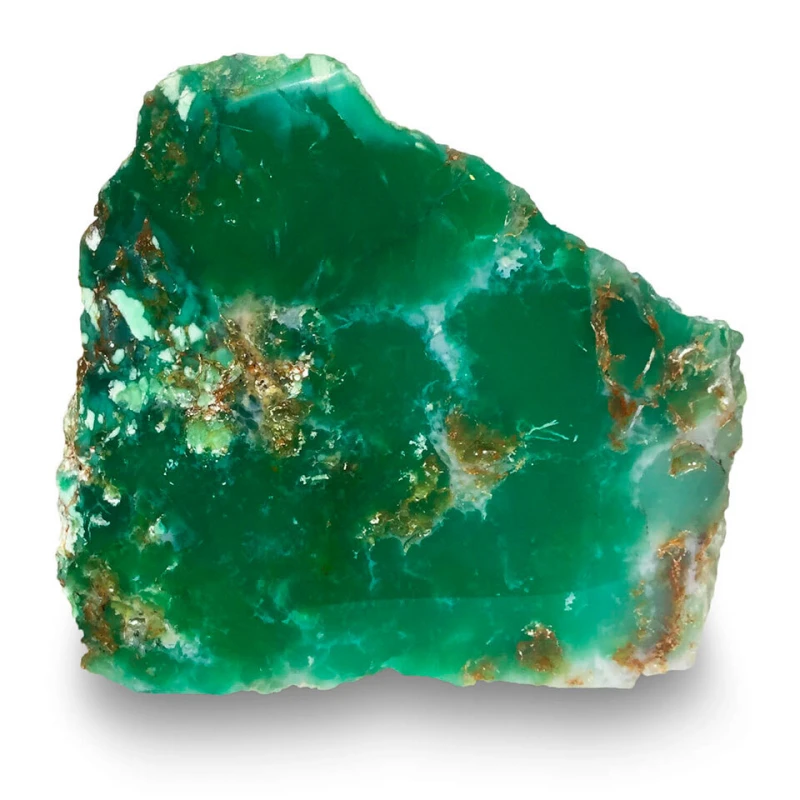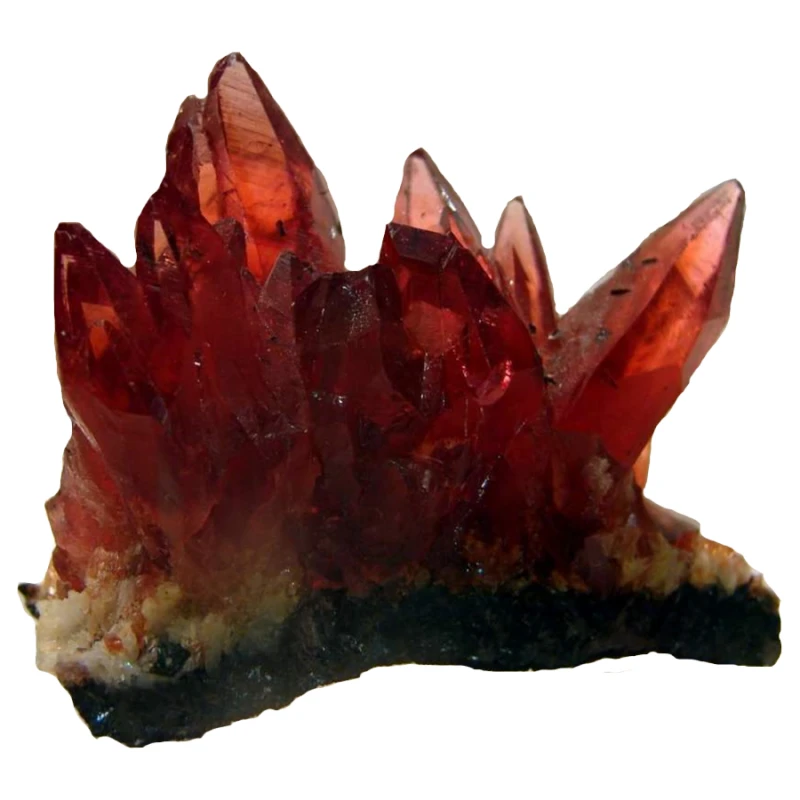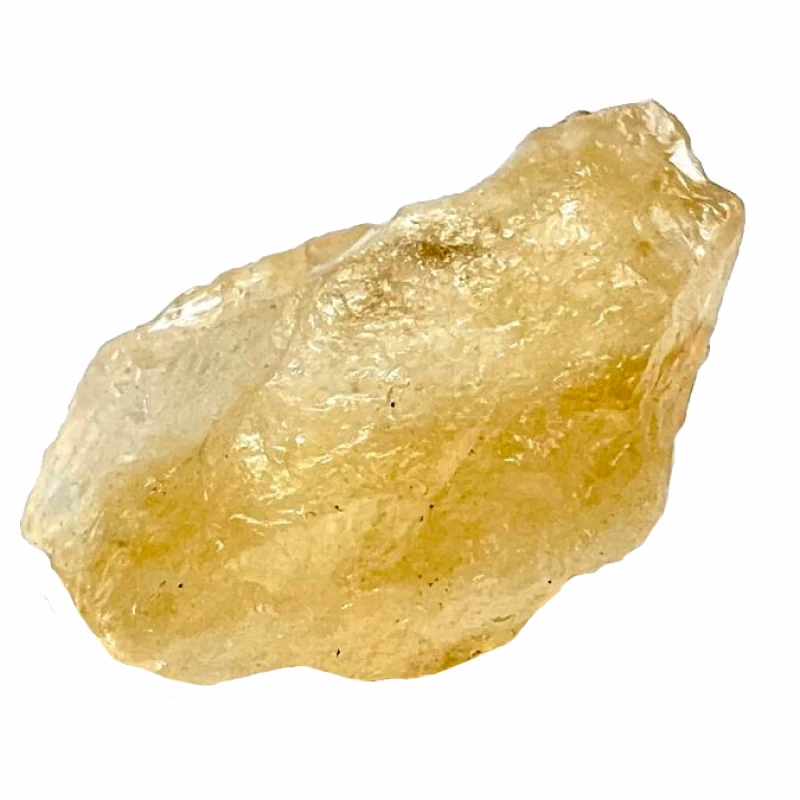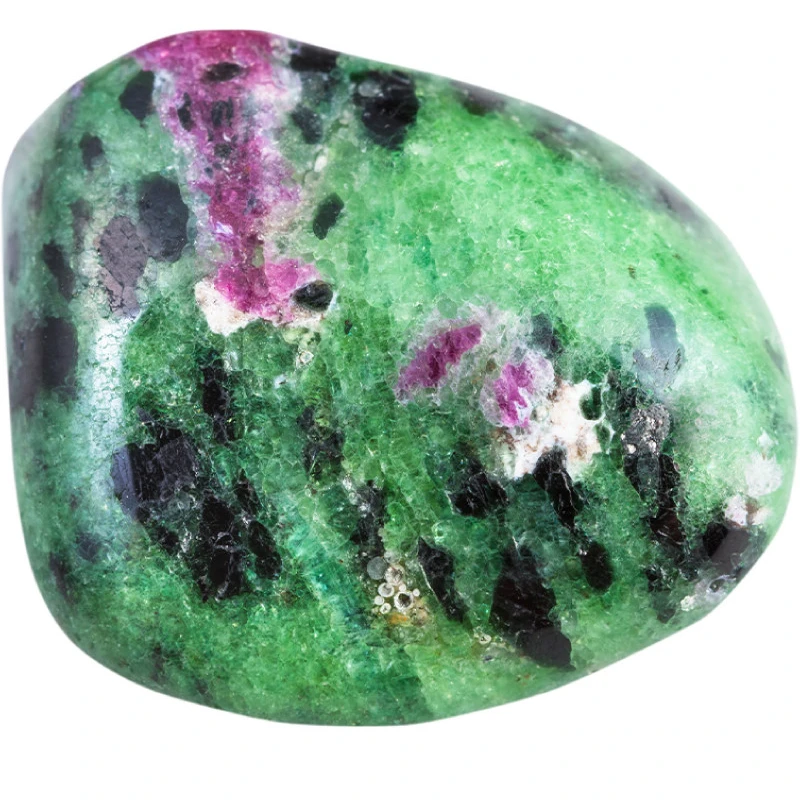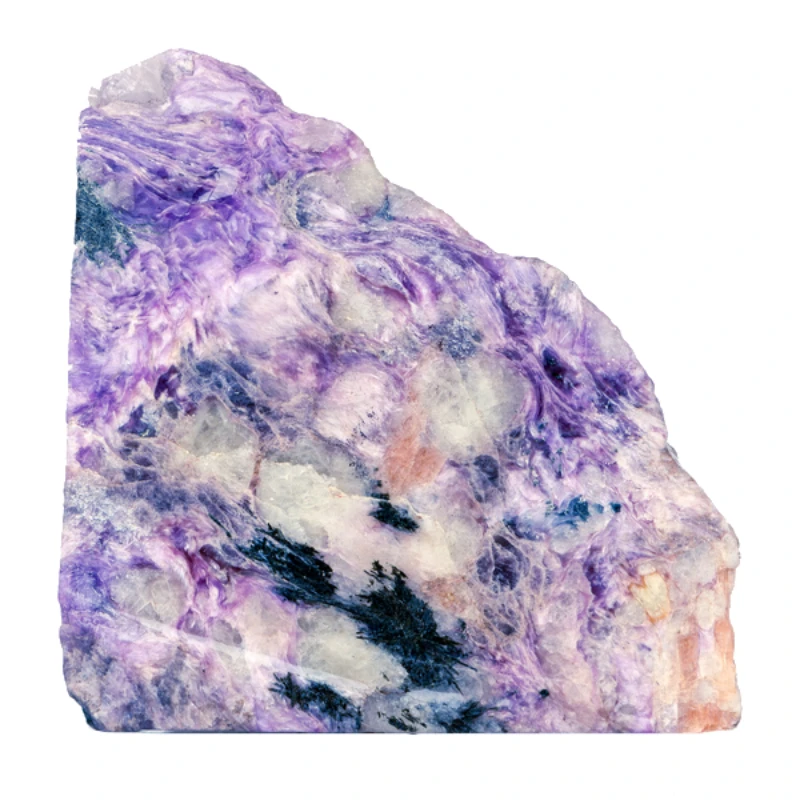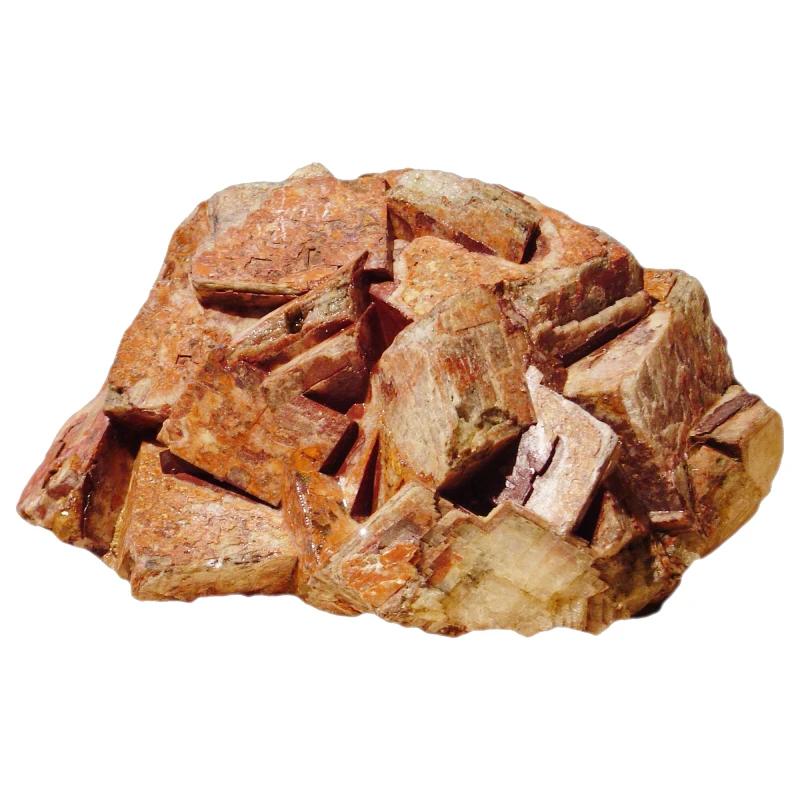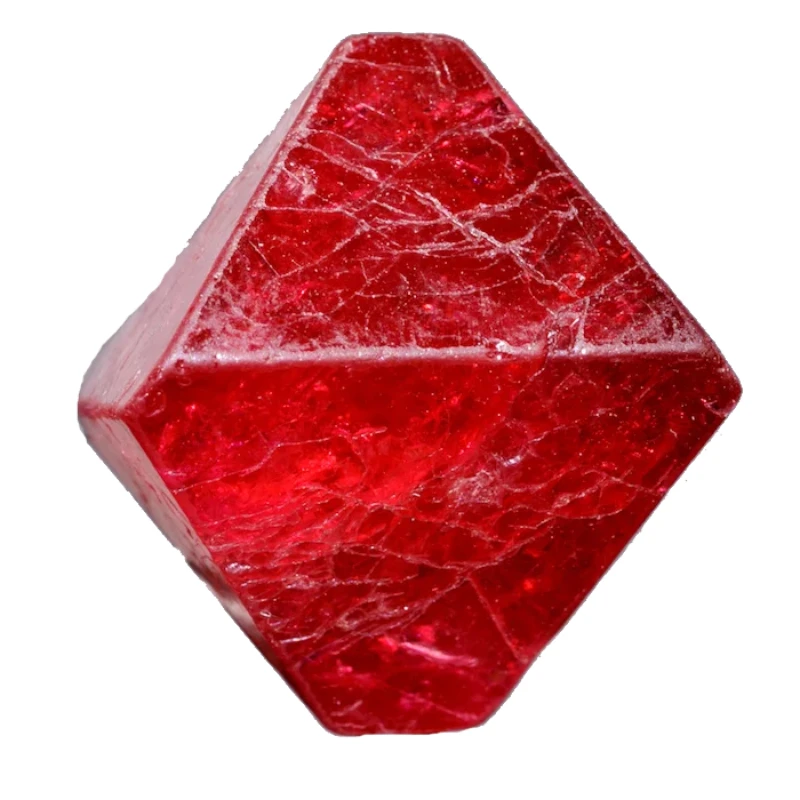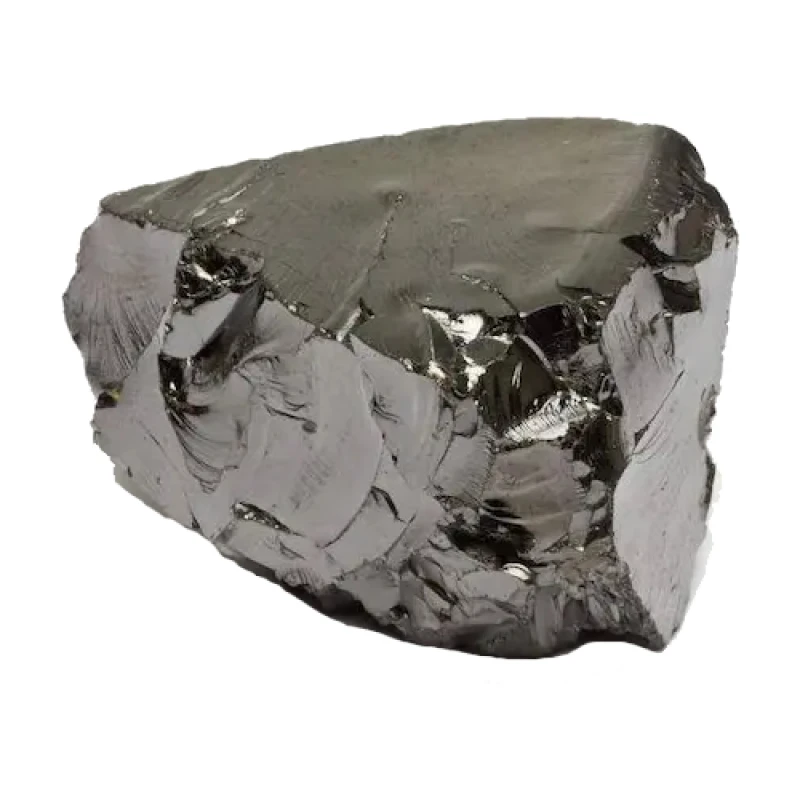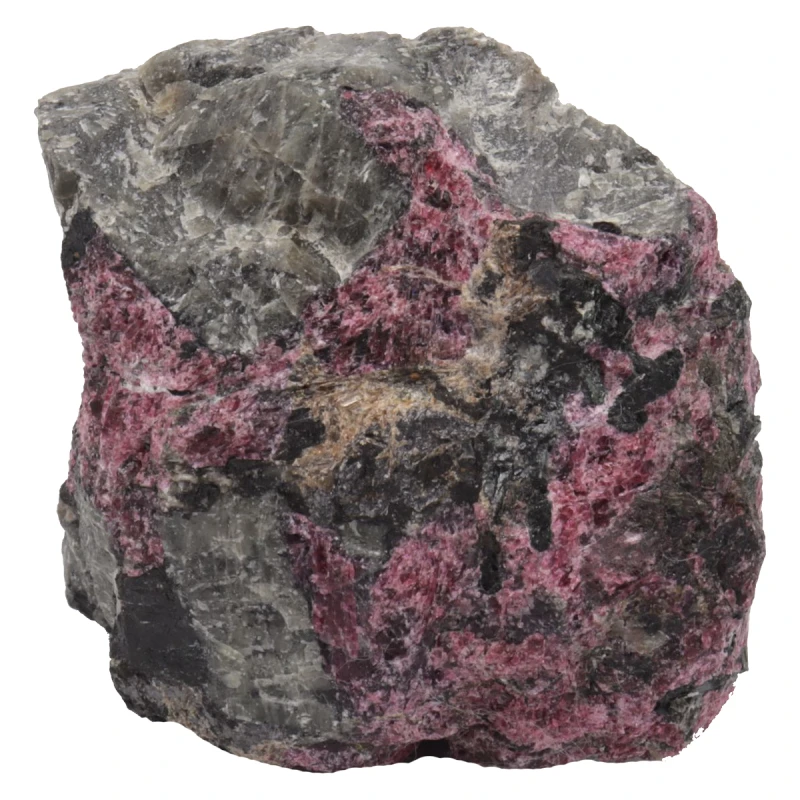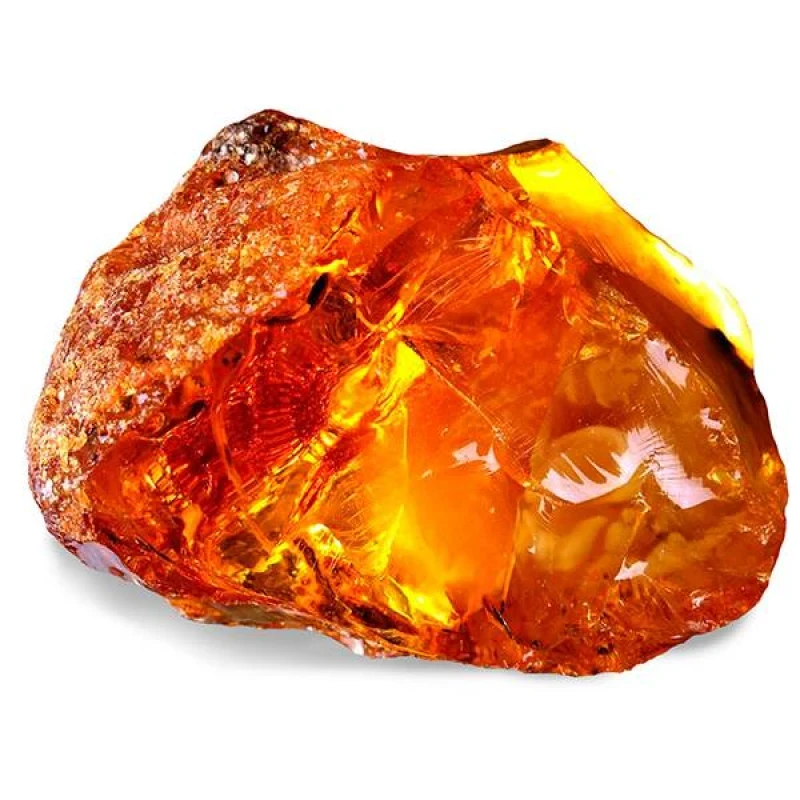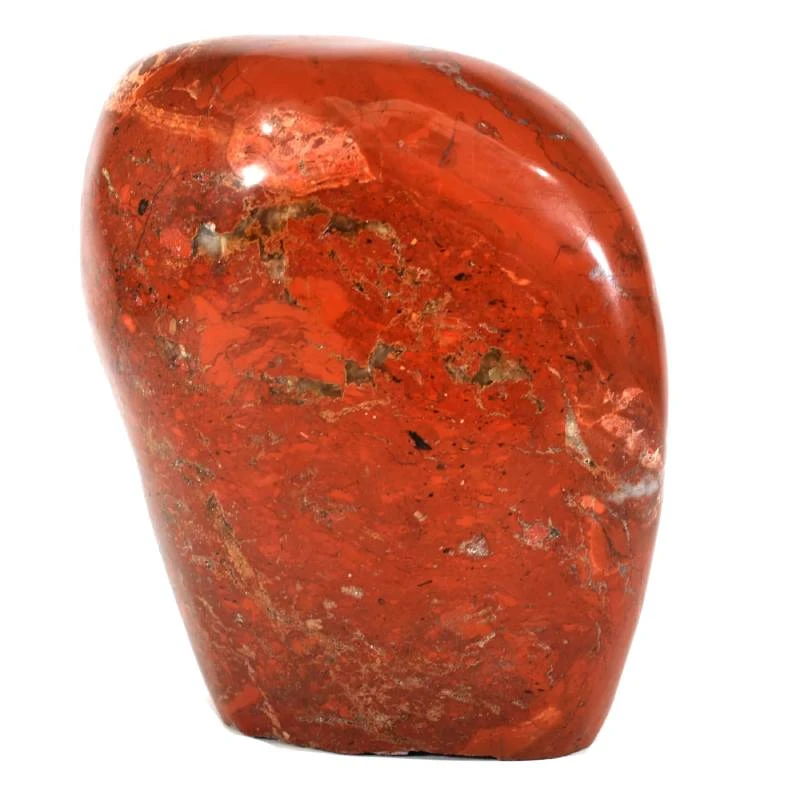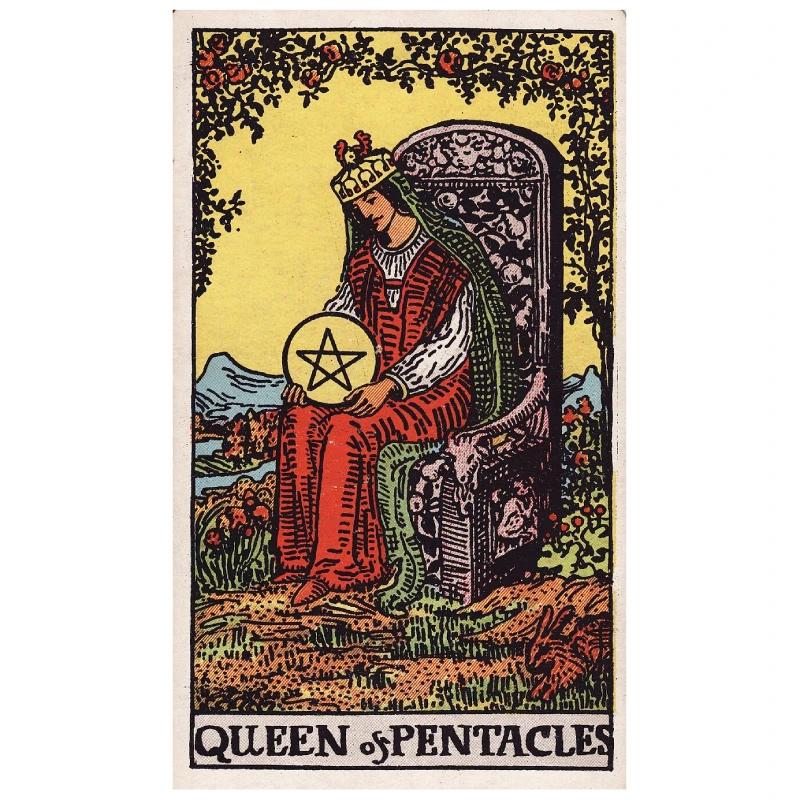Pyrite
Stone History

The origins of pyrite stretch back to ancient times, with its unique properties making it valuable across various civilizations for centuries.
-
Name and Early Mentions: In ancient times, pyrite was known by different names. The Greeks called it “pyrithes lithos”, from “pyr” meaning “fire,” due to its ability to create sparks when struck against another stone. This made it a valuable fire-starting tool in antiquity.
-
Roman Empire: Pyrite was used to spark flint fires, an essential function in warfare, construction, and daily life.
-
Middle Ages and Renaissance: Pyrite was often associated with alchemy. Its shiny, golden appearance and crystalline shapes—often resembling pyramids—gave it mystical significance. It was even referred to as “golden pyramid”.
Zodiac
Pyrite resonates especially well with the following zodiac signs:
-
Leo: Symbolizing strength, energy, and charisma, pyrite complements Leo's confident and ambitious nature. It supports their desire for success and public recognition.
-
Sagittarius: Energetic and curious Sagittarians may find inspiration in pyrite, which fuels their drive for exploration and growth.
-
Aries: Dynamic and courageous, Aries benefit from pyrite’s bold, activating energy. It boosts determination, leadership, and good fortune.
Pyrite is not recommended for Cancer, as its intense energy may conflict with their sensitive nature.
Element
Pyrite is associated with the Earth element, due to its solid, grounding energy and mineral composition.
Planet
In astrology and esotericism, pyrite is linked to the planet Mars, symbolizing willpower, energy, courage, and action—qualities mirrored in pyrite’s vibration.
Colors
Pyrite appears in a range of metallic tones, including:
-
Golden Yellow: The most iconic form, with a shiny, gold-like luster, earning it the nickname “fool’s gold” or “golden pyramid.”
-
Gray to Black: Less lustrous varieties, often matte or mixed with other minerals.
-
Coppery Red: Rare specimens may contain copper impurities, giving them a reddish metallic sheen.
-
Greenish: An uncommon form that may contain trace minerals lending it a green tint.
Some pyrite crystals also display iridescent or rainbow-like flashes, caused by oxidation or unique structural inclusions.
Chakra
Pyrite’s influence on the body’s energetic centers (chakras) includes:
-
Sacral Chakra (Svadhisthana): Enhances creativity, passion, and sexual energy, fueling inspiration and emotional expression.
-
Solar Plexus Chakra (Manipura): Boosts willpower, confidence, and personal strength—key aspects of this chakra. Pyrite’s Mars energy aligns naturally here.
-
Crown Chakra (Sahasrara): Its grounding nature can paradoxically help balance spiritual awareness with physical presence, anchoring higher insights into practical reality.
As with all crystal work, individual sensitivity and intent play a major role in the results.
Magical Properties
Pyrite is a powerful stone in metaphysical and ritual work. Its most well-known magical properties include:
-
Luck and Success: Attracts material wealth, abundance, and good fortune. Often used in money spells and prosperity grids.
-
Decision-Making: Supports wise, strategic decisions—especially in business and finances.
-
Energy Shield: Acts as a protective barrier against negative energy, psychic attacks, and harmful influences.
-
Travel Protection: Used as an amulet for safety in journeys—both physical and spiritual.
-
Willpower and Confidence: Builds mental strength, helping overcome fears, self-doubt, and indecision.
-
Productivity and Action: Sparks motivation and focus, encouraging decisive action and goal achievement.
-
Clarity and Intuition: Enhances insight and awareness, helping to detect deception or hidden information.
-
Spiritual Connection: Grounds spiritual energy while supporting meditative and intuitive practices.
-
Creativity: Activates the imagination and supports original thinking and creative breakthroughs.
-
Inspiration: Invites inner passion, vitality, and expressive power.
For best results, use pyrite with clear intention and tune into its energetic feedback.
Healing Properties
In addition to its spiritual use, pyrite has a reputation for supporting physical health in traditional and alternative healing:
-
Immune Support: Believed to strengthen the immune system and defend against illness.
-
Anti-Inflammatory: Thought to reduce inflammation and help the body combat infections.
-
Colds and Flu: Used to speed up recovery from respiratory illnesses.
-
Asthma Relief: May ease symptoms and improve breathing capacity.
-
Pain Relief: Helps soothe muscle cramps, joint pain, and backaches. Sometimes applied directly to sore areas or worn as jewelry.
-
Circulatory Support: Believed to improve blood flow and support cardiovascular health.
-
Digestive Health: Aids in healthy digestion and may support stomach and intestinal function.
-
Heartburn Relief: Sometimes used to ease acid reflux or general digestive discomfort.
Note: Healing properties are based on traditional and metaphysical beliefs. Always consult a licensed medical professional before using crystals as a form of treatment.
Mining Locations
Pyrite is one of the most common iron sulfide minerals and is found around the world:
-
Spain: Especially in the Rio Tinto region (Huelva province), known for its impressive pyrite formations.
-
Peru: The Yanacocha deposit produces some of the largest and most dazzling pyrite crystals globally.
-
Sweden: Notably in Falun, a historic mining area once rich in pyrite.
-
Italy: On Elba Island, known for varied crystal forms and sizes.
-
Russia: Especially in the Ural Mountains, where pyrite is often found in brilliant, well-formed crystals.
-
USA: Found in Idaho, Virginia, and other states, often alongside other minerals in geologic formations.
-
Canada: Notably on Newfoundland and Labrador, with unique pyrite samples.
-
Australia: Especially in Queensland, with specimens of diverse shapes and sizes.
-
Kazakhstan: Deposits in the South Kazakhstan region are of interest to collectors and geologists alike.
Pyrite is abundant worldwide and often appears alongside quartz, calcite, and other minerals in geological formations.
Other articles in this section

